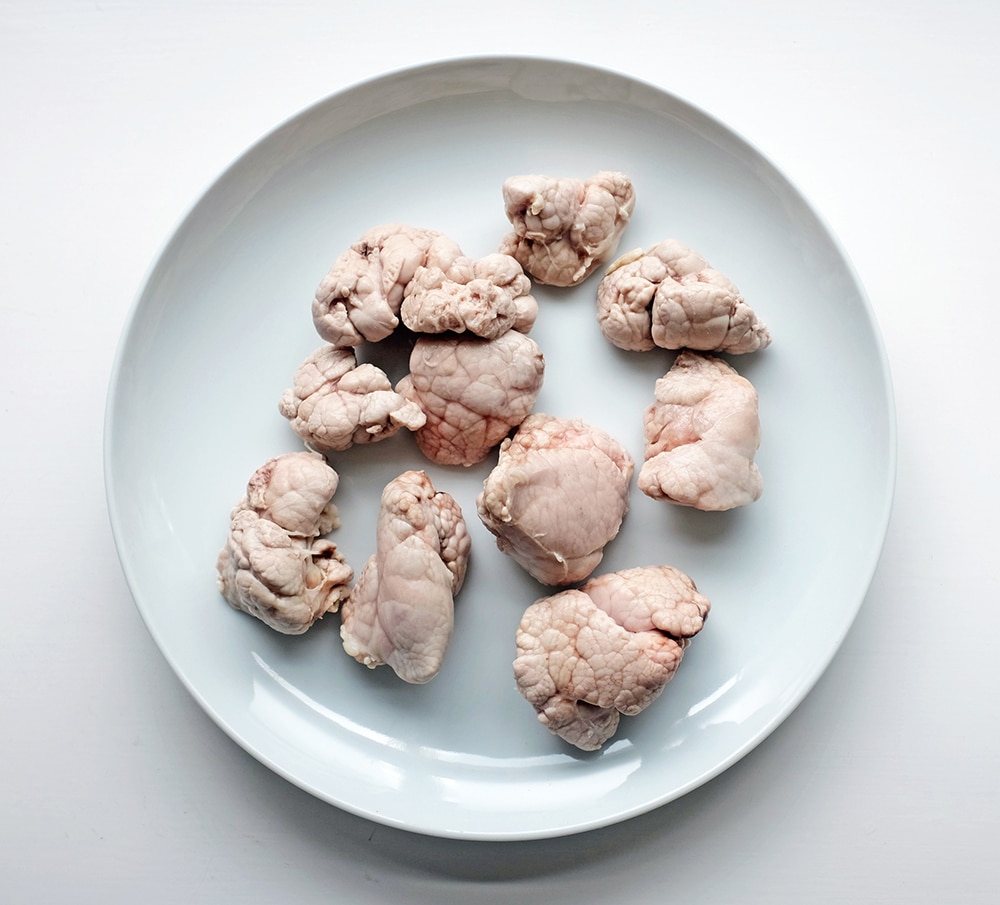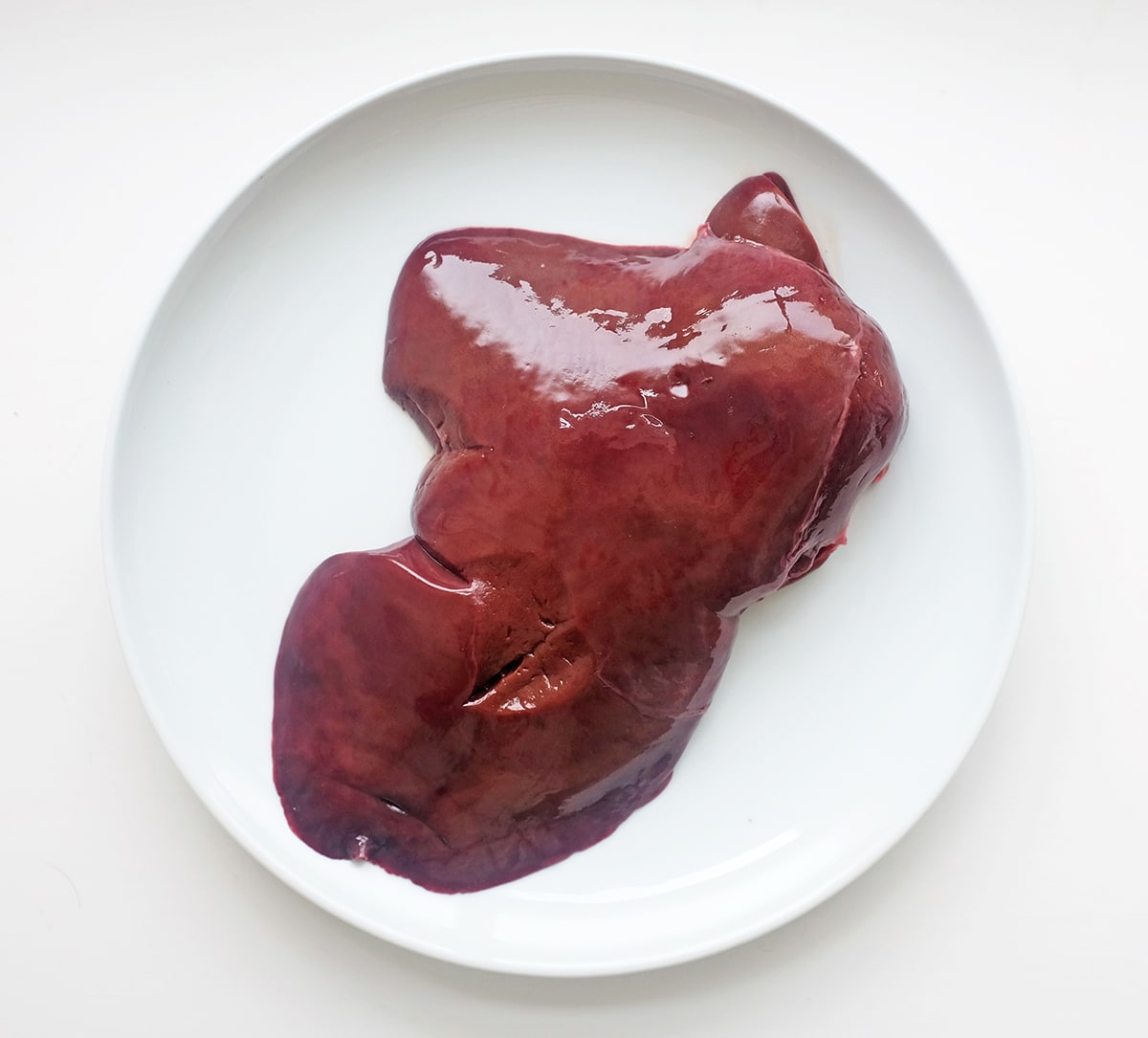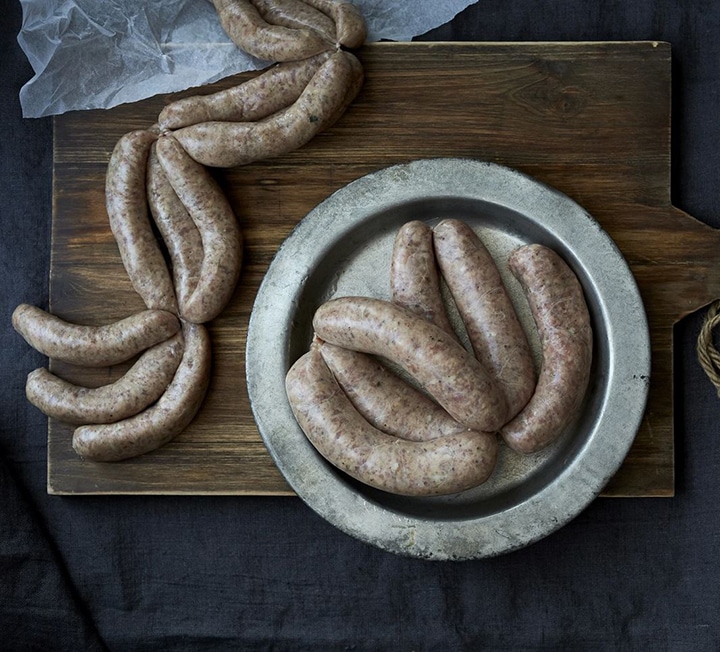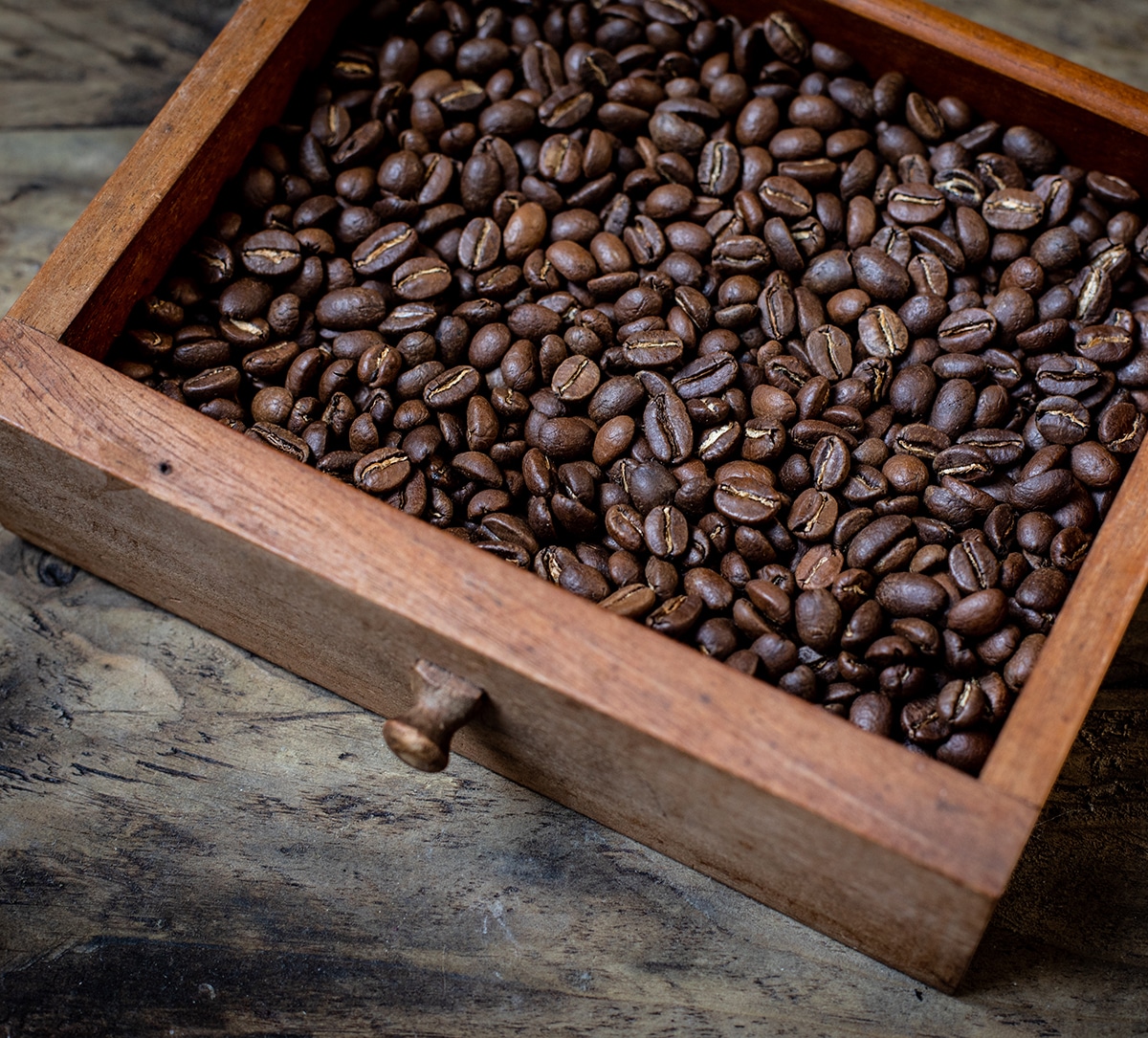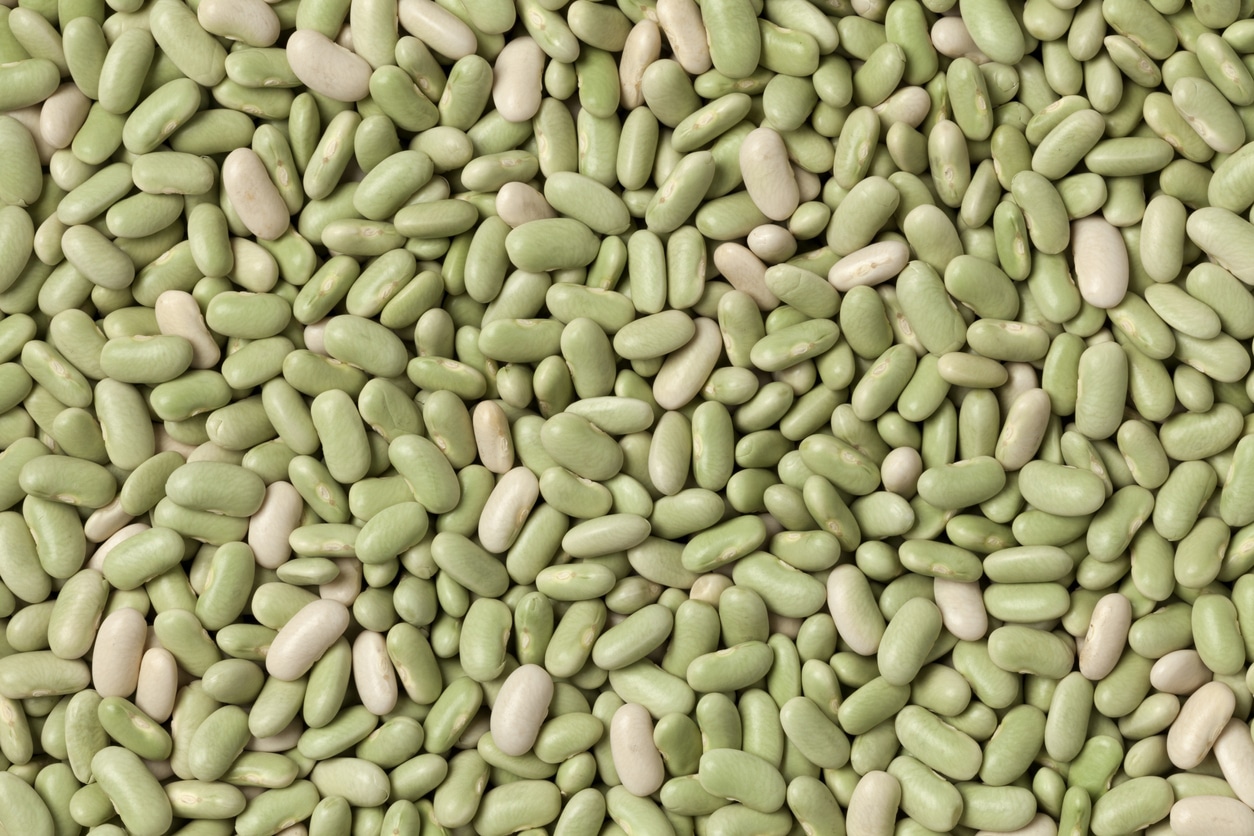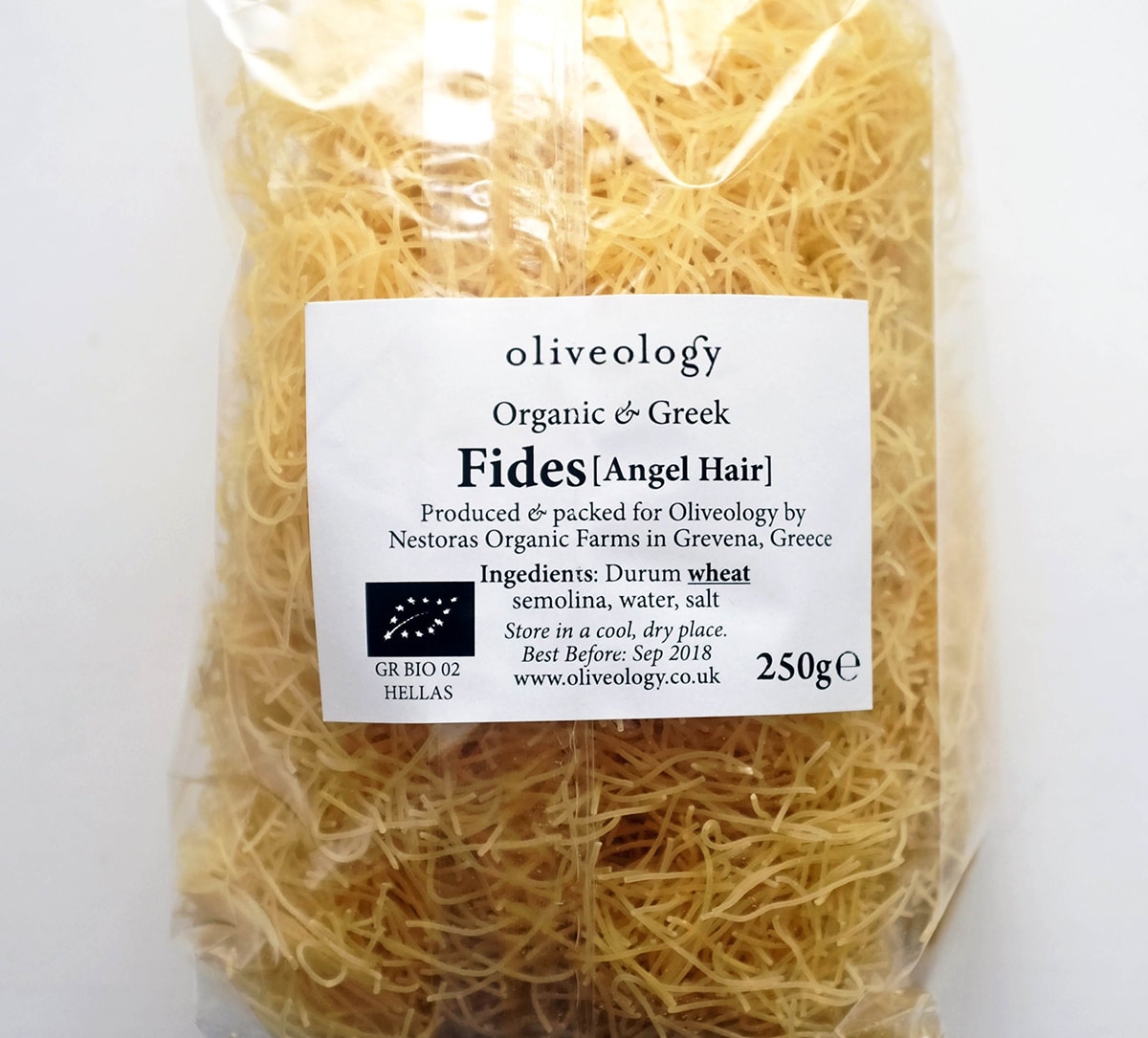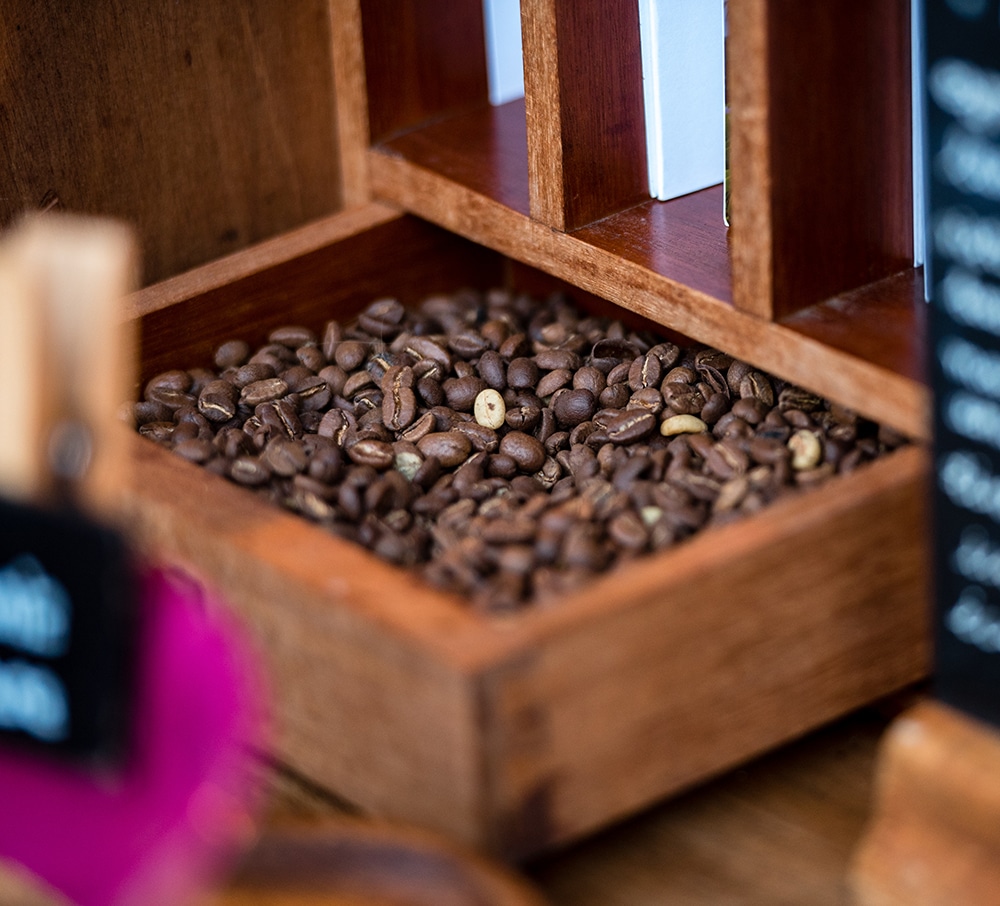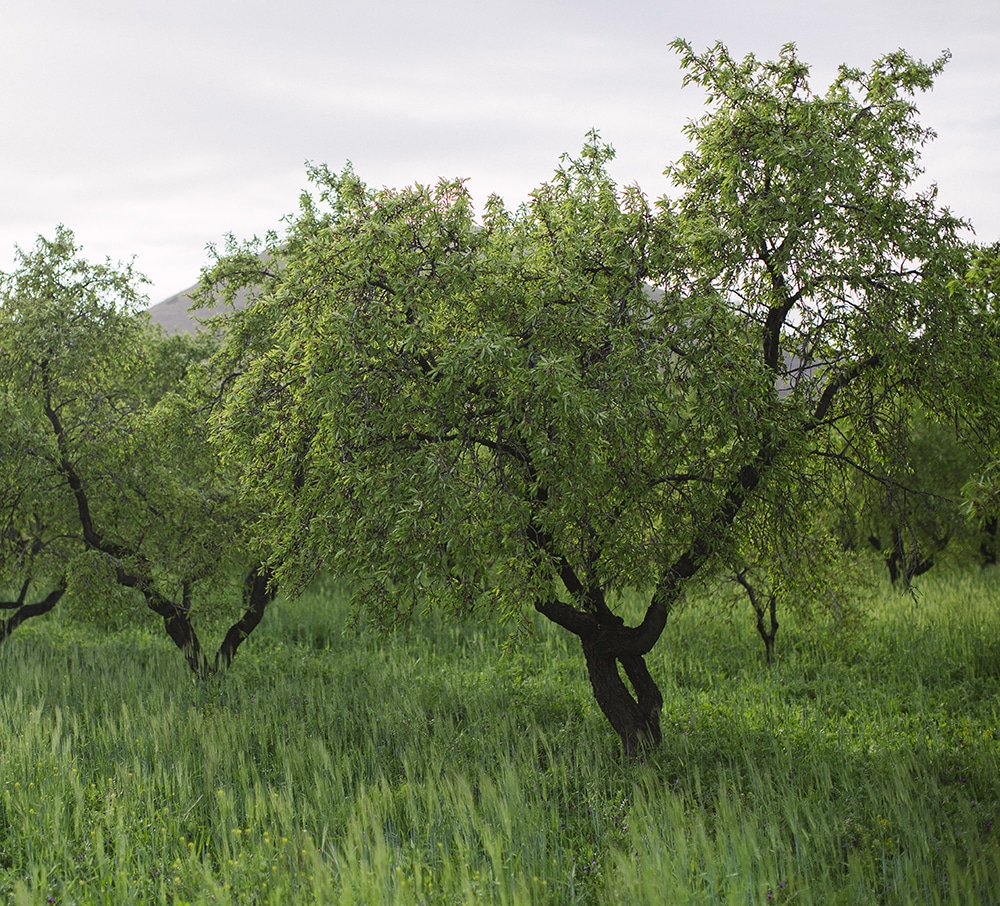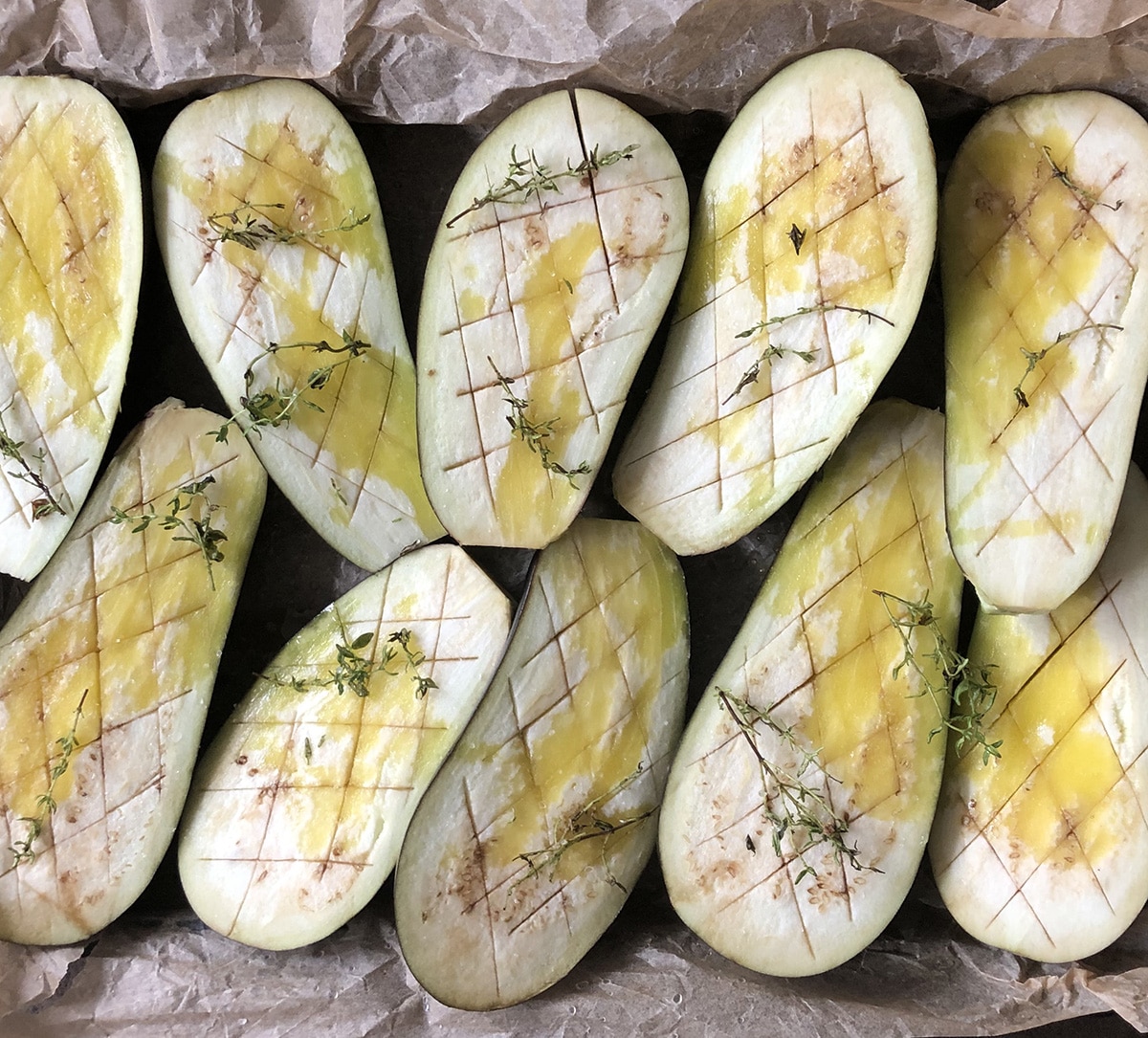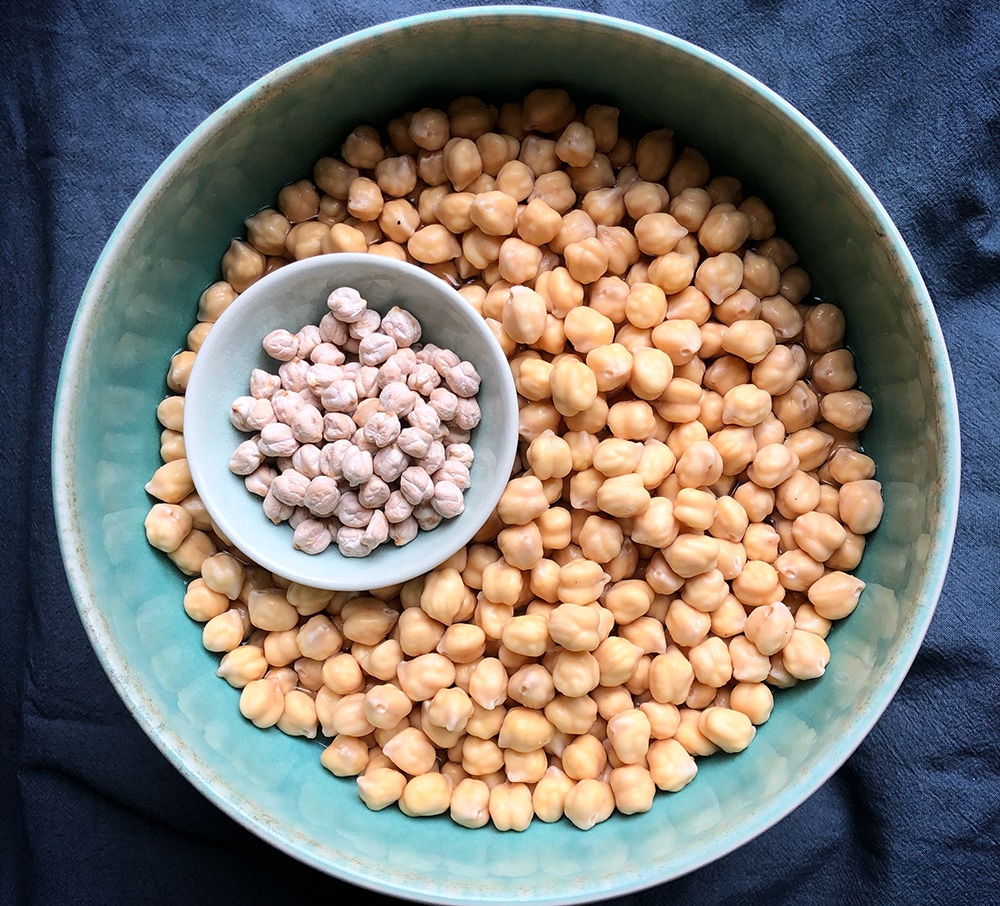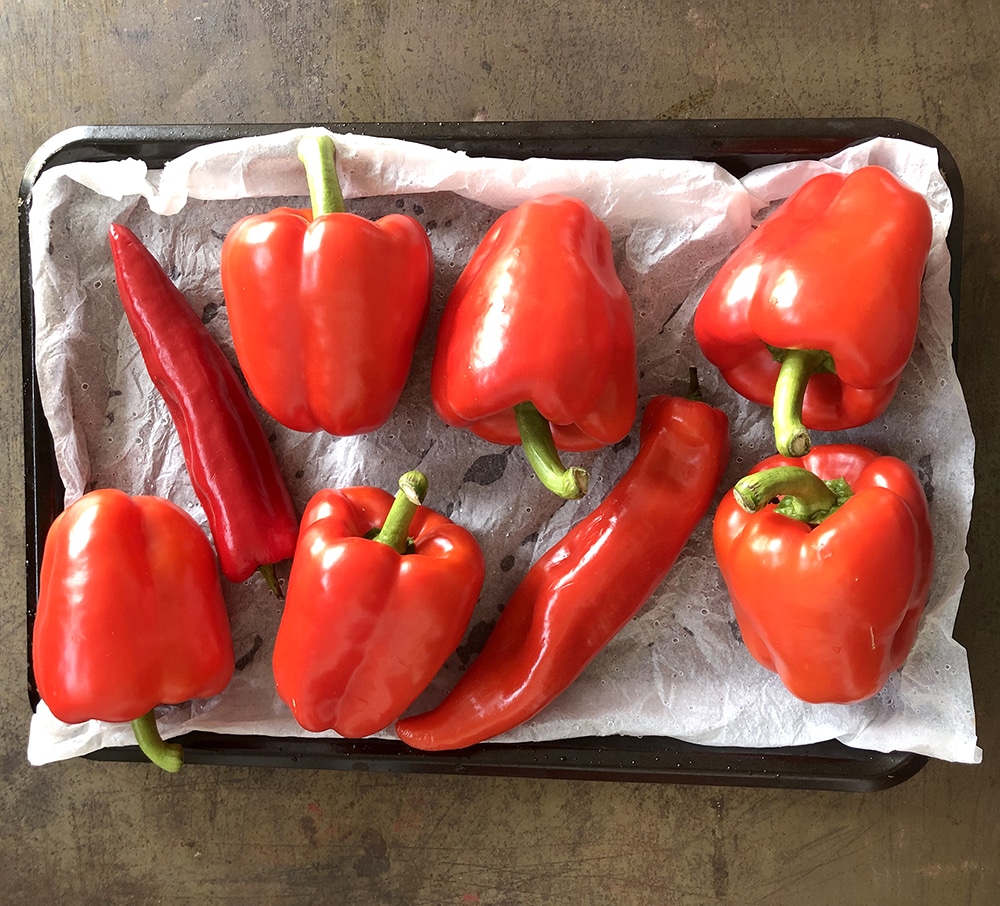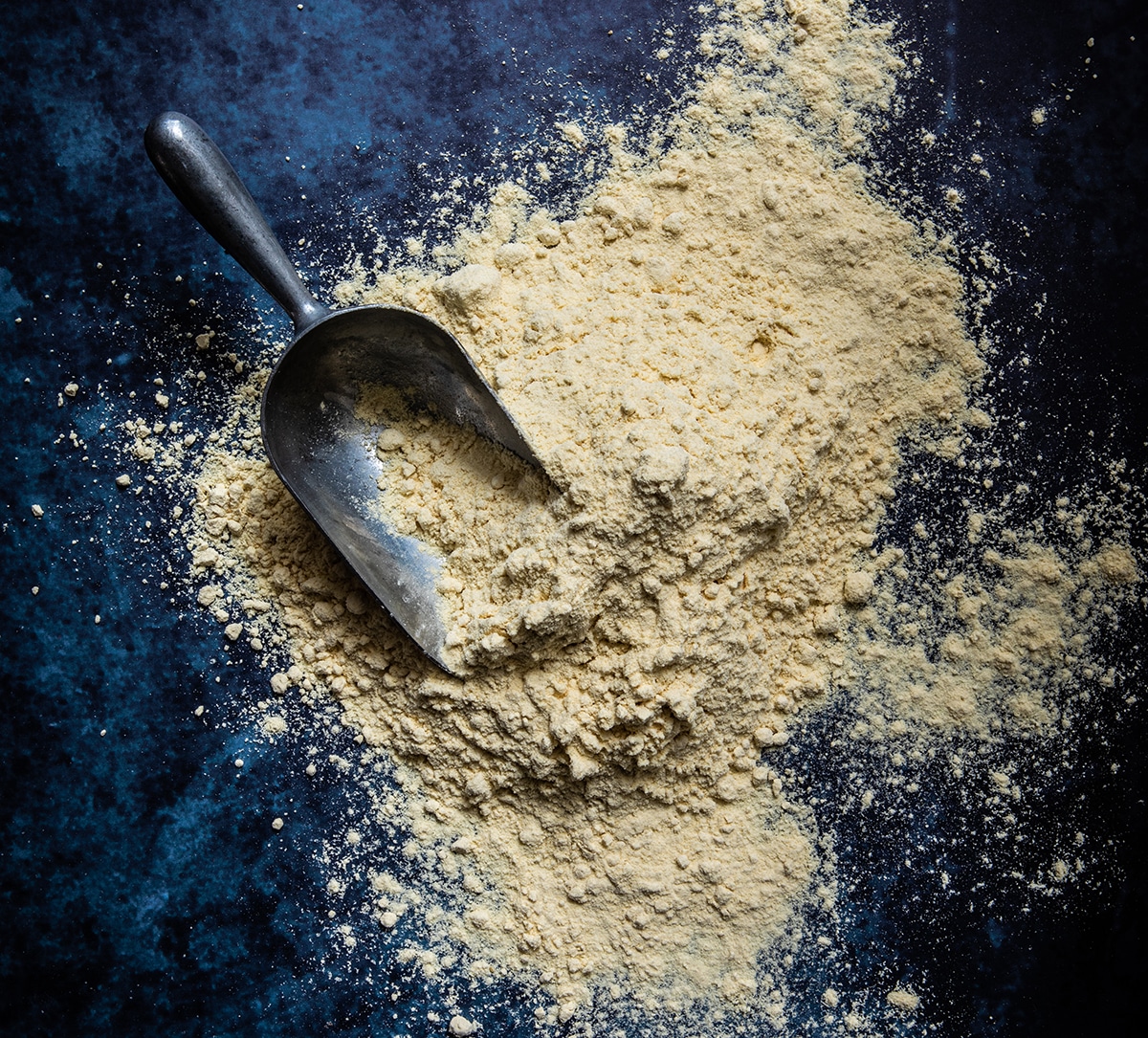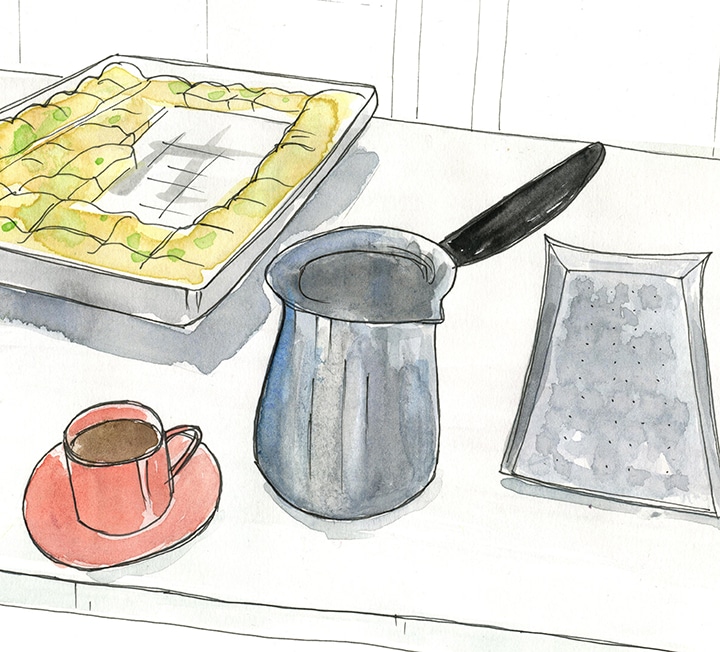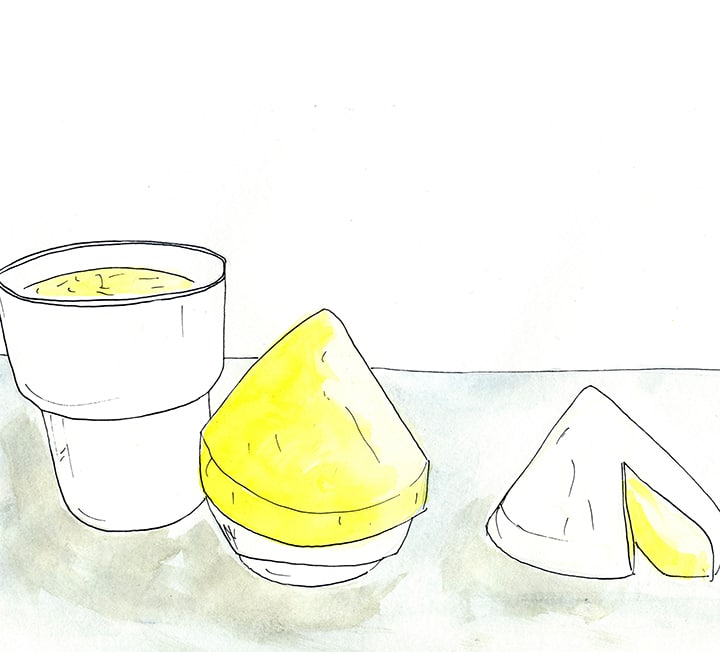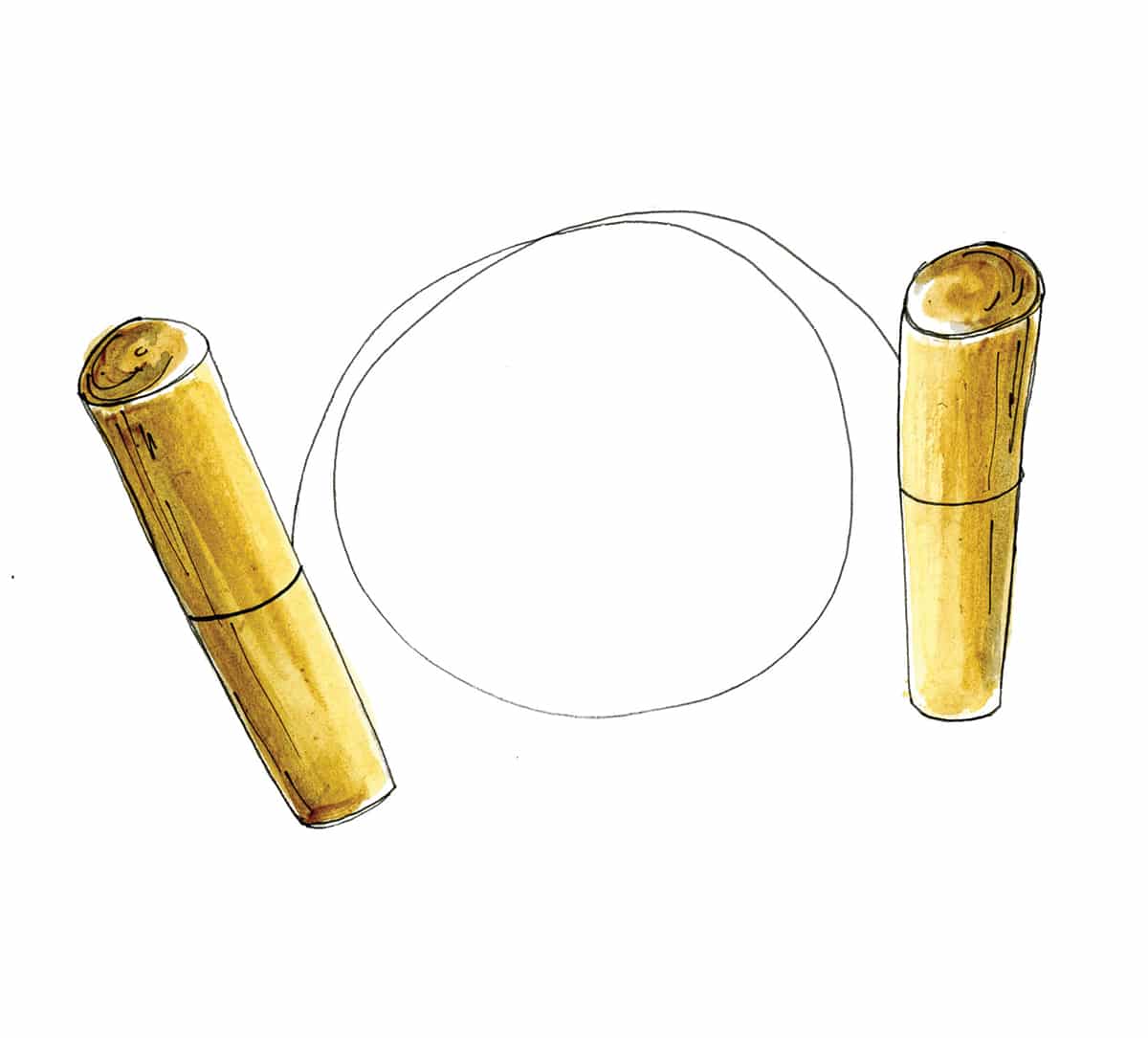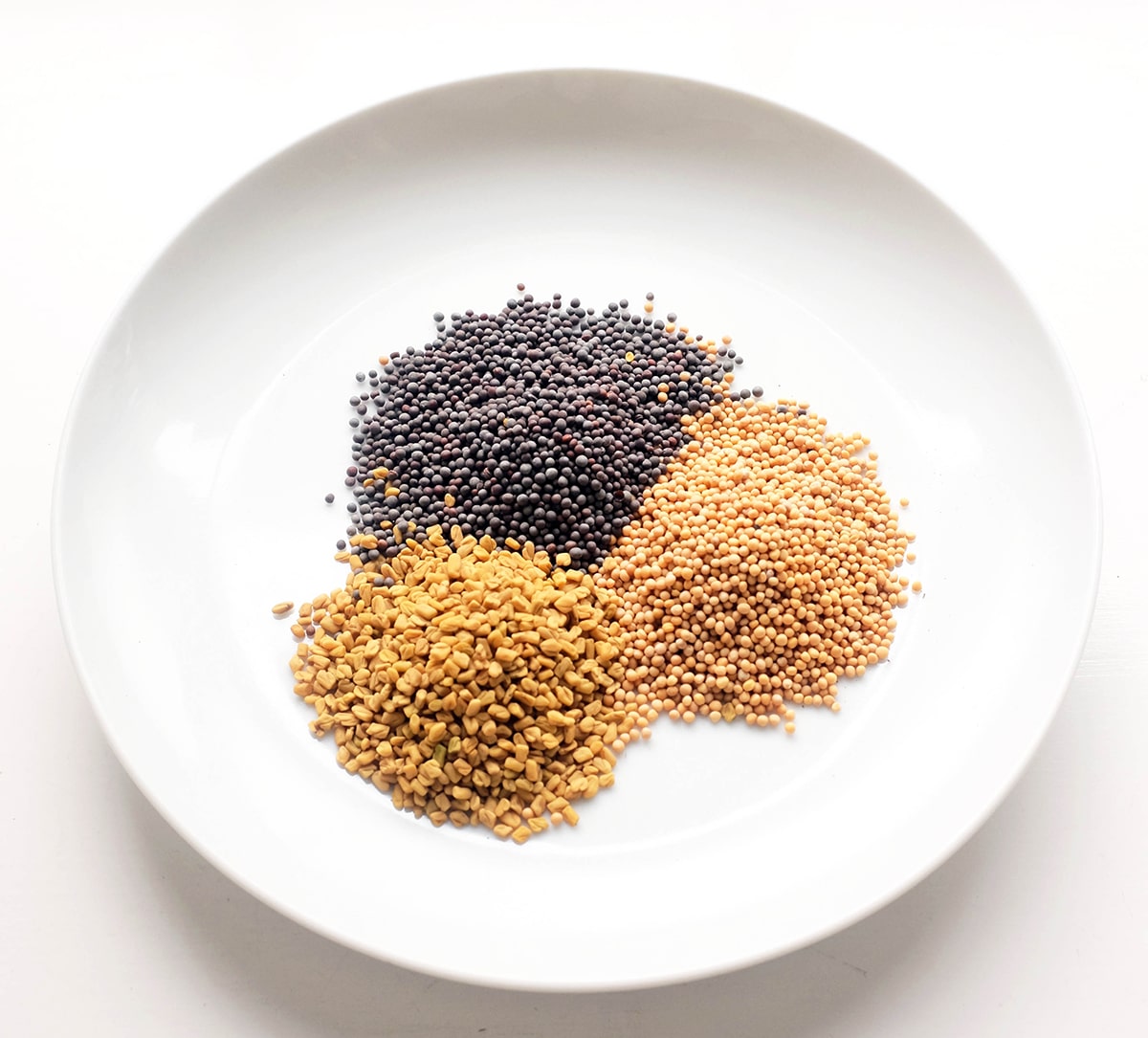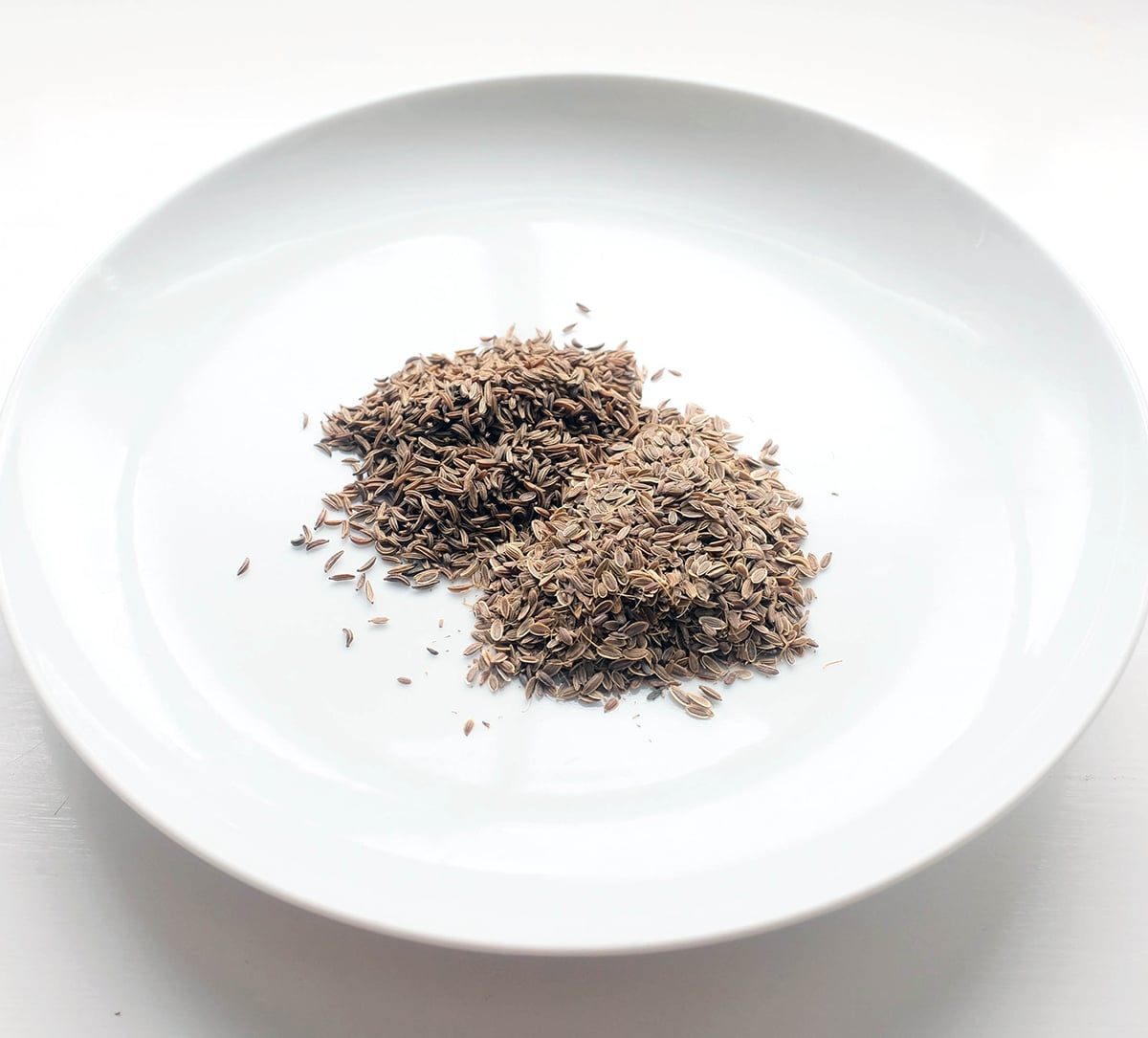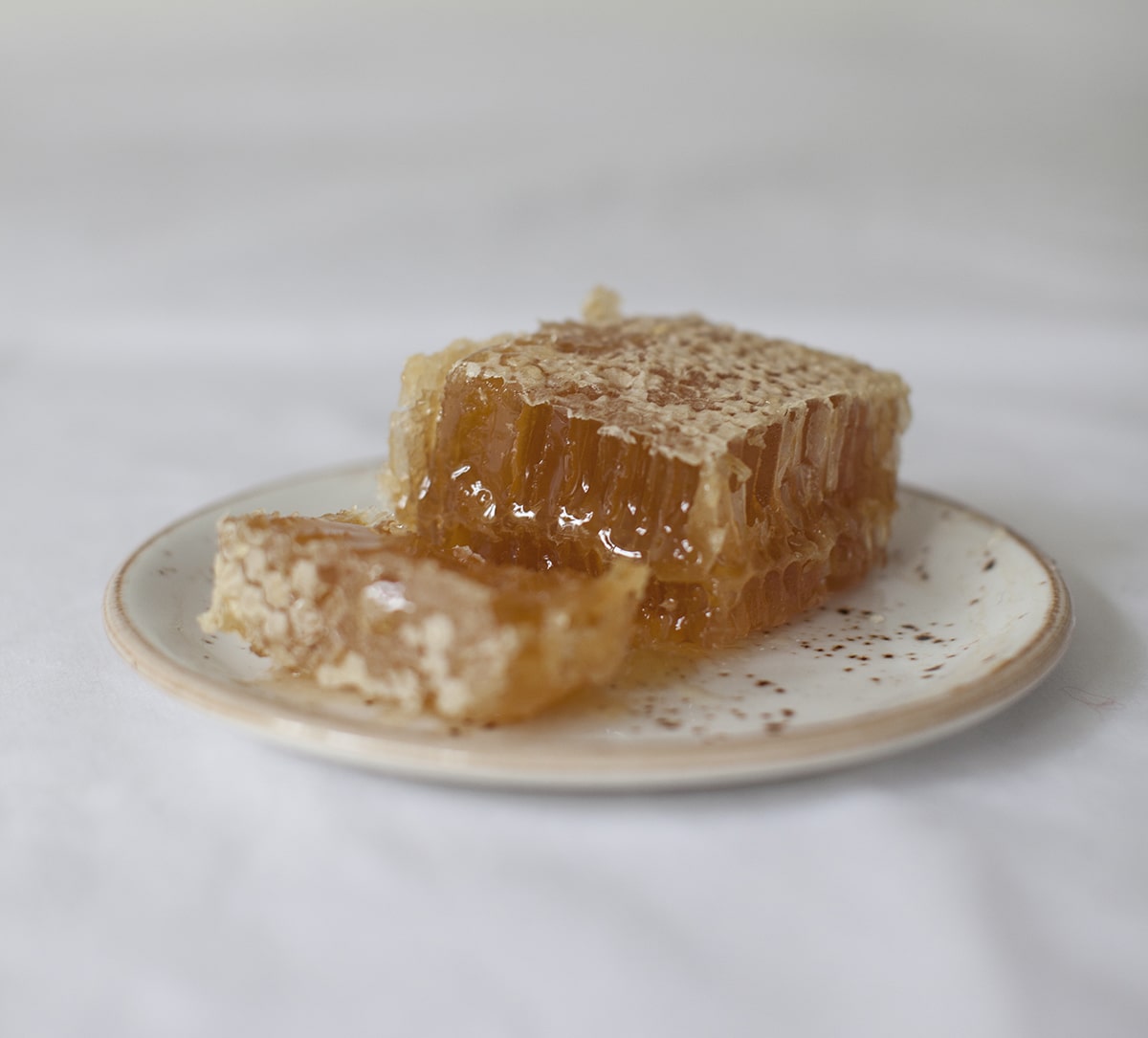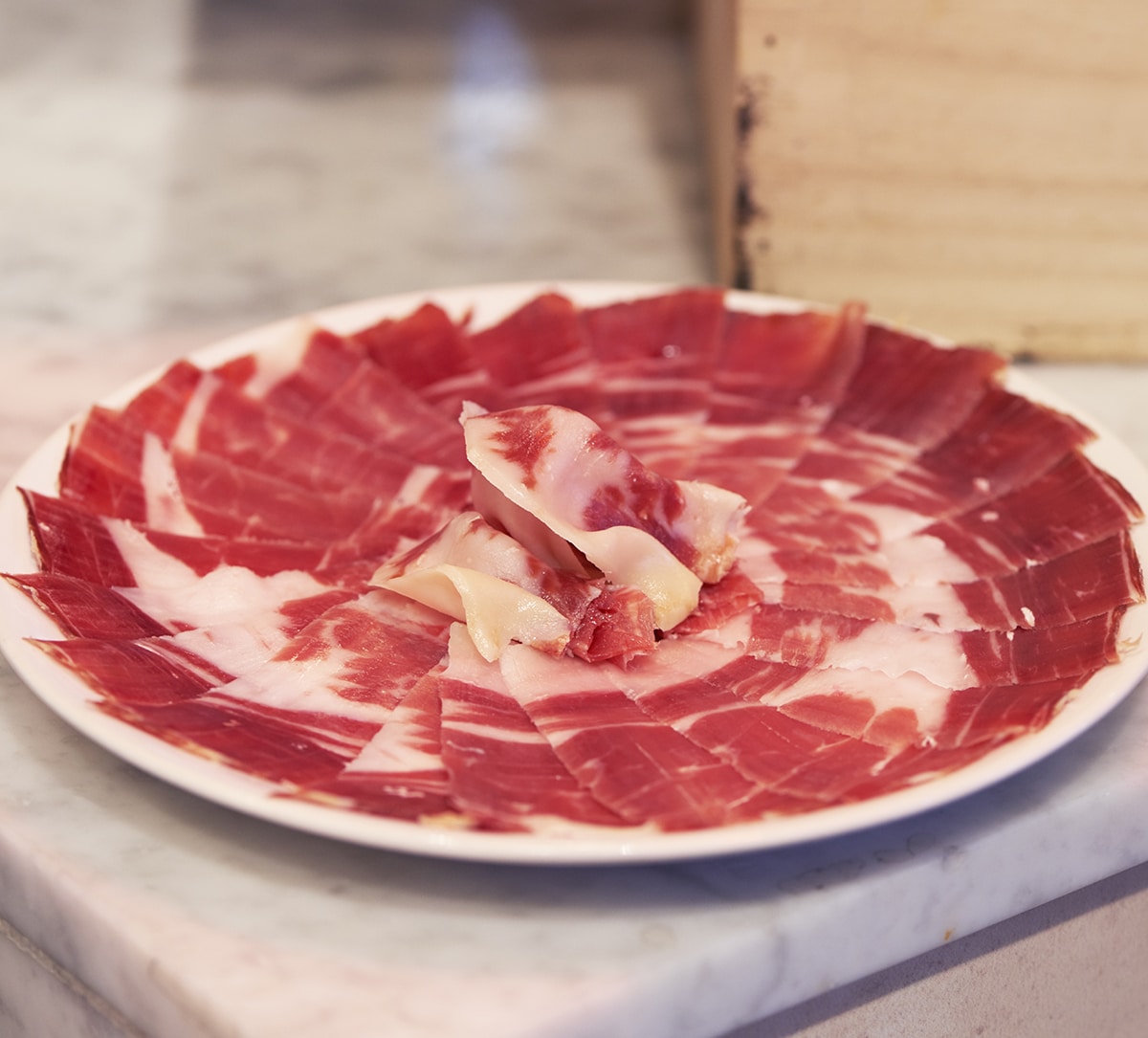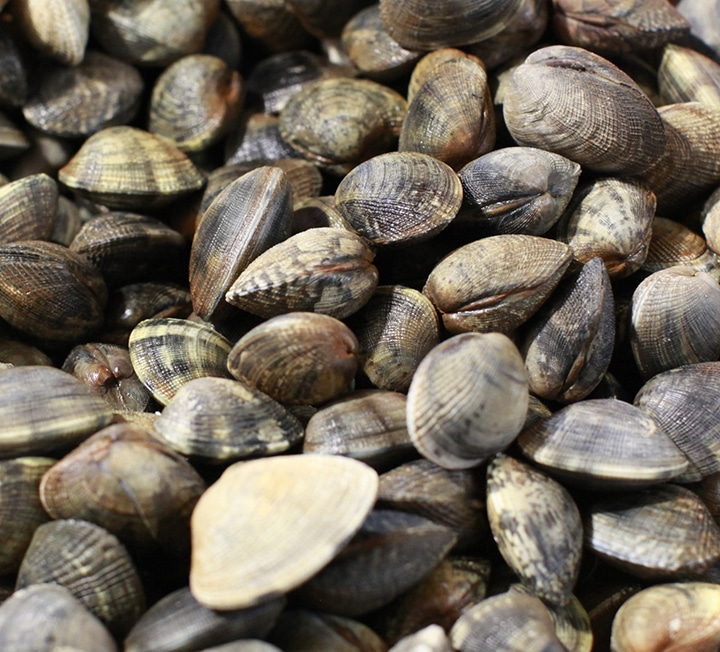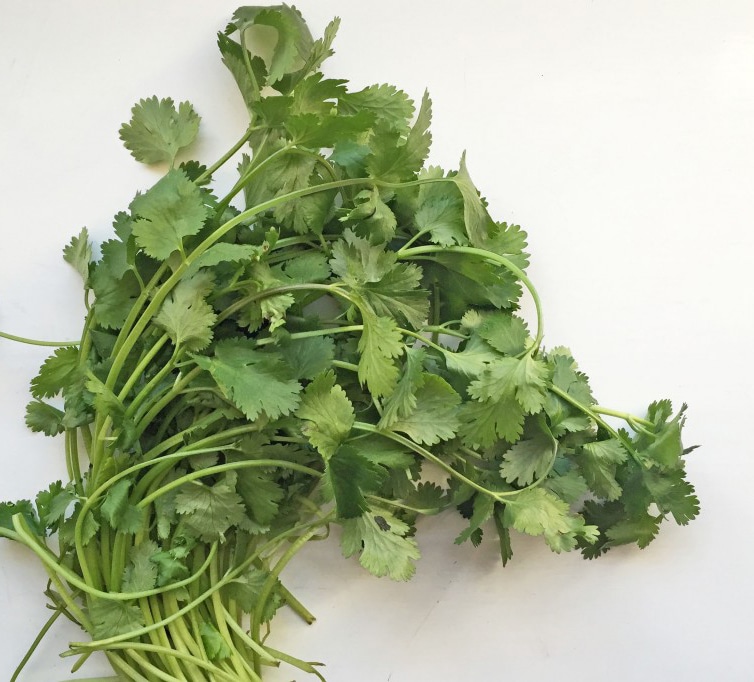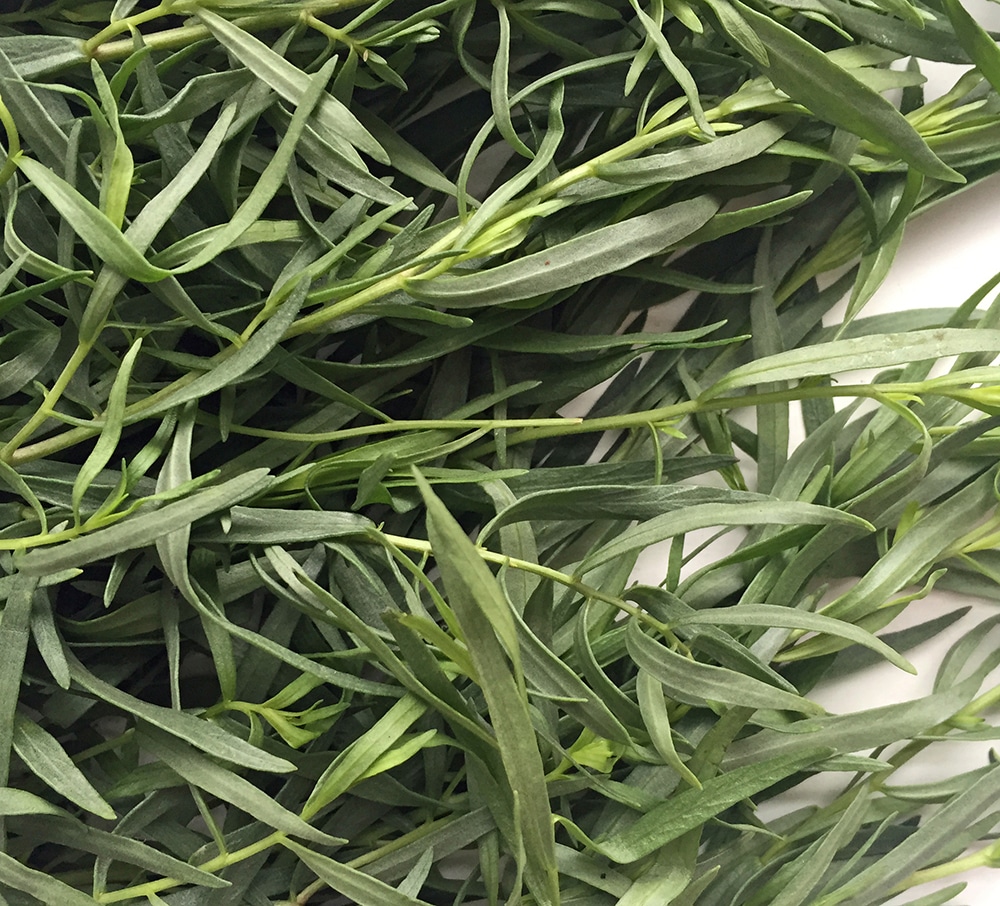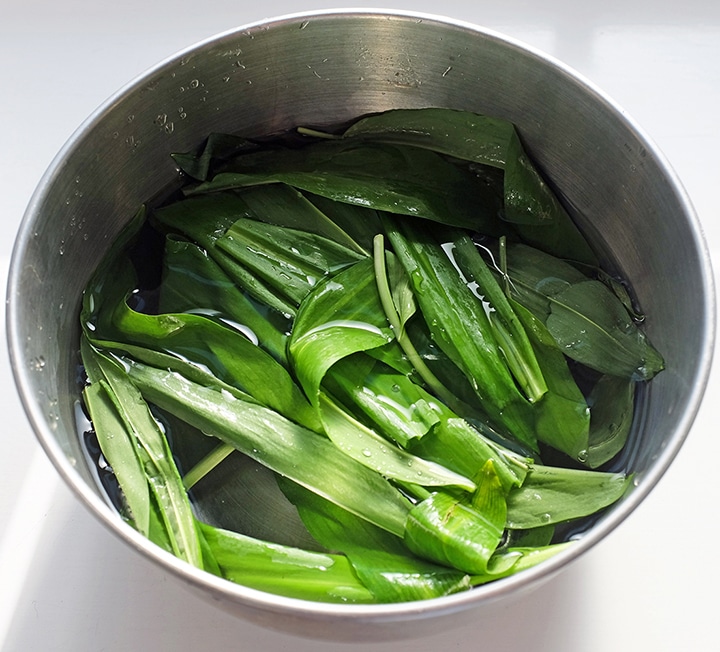The offal project: the vital organs
Ed Smith looks in depth at the offal available in the Market. This time: heart and kidneys


“THE EXPERIENCE OF HOLDING THE RADIANT, BEAUTIFUL, HEAVY HEART OF A JUST-SHOT DEER REMAINS VIVID IN MY MEMORY”
There are five organs that are essential for survival: brain, heart, kidneys, liver and lungs. It’s ironic, then, that these vital items are often considered the waste parts of an animal. The bits you neither want to cook, or eat. The offal. That’s such a shame, isn’t it?
In this new six-part series, I’m going to work my way through not only the vital organs, but the other bits of trim and pluck that are all too easy to turn away from. There’ll be choice facts, tasting notes, hints and tips and of course a recipe each time. As someone who’s cooked and eaten everything at least once already, but often not much more than that, there’ll be an honesty too – if the offal is difficult to cook or stomach, I’ll say that.
Hearts and kidneys: what do they taste like?
I once spent a day with a gamekeeper mid deer cull. The experience of holding the radiant, beautiful and remarkably heavy heart of a just-shot sika deer remains vivid in my memory. It was a humbling moment, to say the least. Could there be anything of greater value than a still warm heart?
And yet hearts are one of the most economical pieces of meat you could hope to buy. Just three or four quids’ worth of beef heart could easily feed a family of four.
Hearts are an excellent starting point if you want to get into offal. Once prepared, they look nothing like the original organ (well, the larger ones don’t) and, generally, the taste of an animal’s heart is akin to a mild version of the same animal’s prime meat, with just a hint of iron. It’s really quite a subtle ‘offaliness’, certainly relative to something like liver.
I’m afraid these tasting notes can’t be repeated when it comes to kidneys. In my view, the existence of kidney in childhood memories of steak and kidney pie is almost certainly why many people turn their nose up at offal. Those heavy ferrous notes in tough, overcooked nuggets of kidney were pretty off putting. Worse still, the bits of kidney often tasted of more than just iron – because of the work the organ did while its donor was alive, the chance of acrid, pungent, ever so slightly urine-like taste of poorly prepared kidneys is high.
But that point about being ‘poorly prepared’ is key. For in my opinion kidneys can be a real treat. A little challenging, yes, but silky and rewarding too.
Heart: cooking options
Think of the amount of work a heart gets through in its lifetime. This makes for a tough muscle – the now well-rehearsed cooking method for which is low and slow.
Indeed, many classic recipes call for a gentle braise, a few hours below 140C, during which the lean but tough fibres of a heart break down and soften. Alternatively, large cow and ox hearts might be chunked up and simmered in a stew until tender.
I’ll draw your attention to a few offal loving-chefs over the course of this series – Anissa Helou, Jennifer McLagan and Fergus Henderson will probably all feature more than once – and it’s to Henderson I’ll turn for a good example of a low and slow recipe: his stuffed lamb hearts in offal bible Nose to Tail Eating involves a filling of sage-flavoured bread, fat rashers of bacon round the outside, and then a gentle cook for two to three hours.
However, hearts behave in a similar way to squid and cuttlefish in that, yes, you can cook them slowly until tender. But you can also try cooking heart hard and fast. In fact, this is my preferred style of cooking and eating animal hearts.
If they’re on a menu, I can never resist ordering duck or chicken hearts skewered and cooked over charcoal, or flashed in clarified butter on a white hot pan so they’re brown and charred on the outside, but blushing pink within. They’ll often be served on a sweet root vegetable purée – jerusalem artichoke or parsnip, for example. Heaven.
Larger lamb, calf, deer, beef or ox hearts need to be sliced thinly to enjoy the same style of cooking. They’re trimmed of hard fat and sinew, then fairly easily cut open so that they sit flat on a board. Cut into 3-5 segments, they look pretty much like rump steaks already. But if more than 1cm thick, it’s best they’re sliced in half depth-wise, so that a 30-60 second sear on each side is all that is required. It’s very similar to eating a steak.
Kidneys: cooking options
Kidneys should be cooked quickly as well. While they’ve traditionally been used in pies and suet puddings, a long cooking process doesn’t suit this type of offal at all – it becomes tough, leathery and overpowering. By contrast, a few minutes in a frying pan or wok works a treat. The kidneys are just pink inside, delicate, flavourful and soft.
They need to be fresh, mind. You simply push any bits of fat from the kidney, cut away an obvious, stringy bit of sinew, then fry in clarified butter.
The best kidney I ever ate was one I’d removed from a lamb carcass about three minutes beforehand. It was light and lamby in flavour, smooth in texture and utterly delicious. A sprinkle of sea salt and pepper was enough on that occasion. But normally, kidneys like a little heat. In Britain we’re used to devilled kidneys on toast – cayenne pepper, cream, perhaps a bit of paprika too. It’s an absolutely brilliant dish. Further afield, there are similar principles at work with Sichuan spiced kidneys – tingly Sichuan pepper, a splash of wine vinegar, and a very hot wok.
Lamb’s kidneys are best, I think. But keep your eyes peeled for pig and goat kidneys too – both delicious.
Market offal
I wandered round the Market keeping my eyes peeled for both kidneys and hearts, ready to plump for whichever took my imagination.
Ginger Pig had a whole box of lamb’s kidneys, which was tempting, and I contemplated going round each of the butchers asking to collect any or all of their duck or chicken hearts.
However, I noticed first a tongue (this drew my attention), and then two portions of heart. I was in luck, so bought it straight away – half a beef heart (500g) for just £3.
A heart looks fairly impenetrable to begin with, but a minute or two of trimming and slicing transformed the organ into two large steaks: one about 2cm thick, the second 1cm.
I cut the thicker piece to the same depth and cut a little piece off to test, as if it were a steak. One minute on either side in foaming butter, plus three minutes resting worked a treat. It had a light beefy flavour and a hint of iron – some roast cherry tomatoes on the side would work a treat…which made me think: roast tomatoes > smoky chillies > smoky chilli tomato salsa > beef heart tacos with smoky tomato salsa and pickled red onions.
So that’s what I did with the rest of it. I chopped the heart into 1cm dice, marinated for an hour with a pinch of dried oregano, ground cumin and olive oil, then fried the heart very hard for one minute, before assembling the tacos and eating straight away. Loved it (pun intended).
Read Ed’s recipe for beef heart tacos.
Don’t follow the herd
Northfield Farm takes a singular approach to farming, blending centuries-old traditions with an openness to innovation. Clare Finney pays a visit to a family farm that’s been a vital part of the Borough Market community for more than two decades
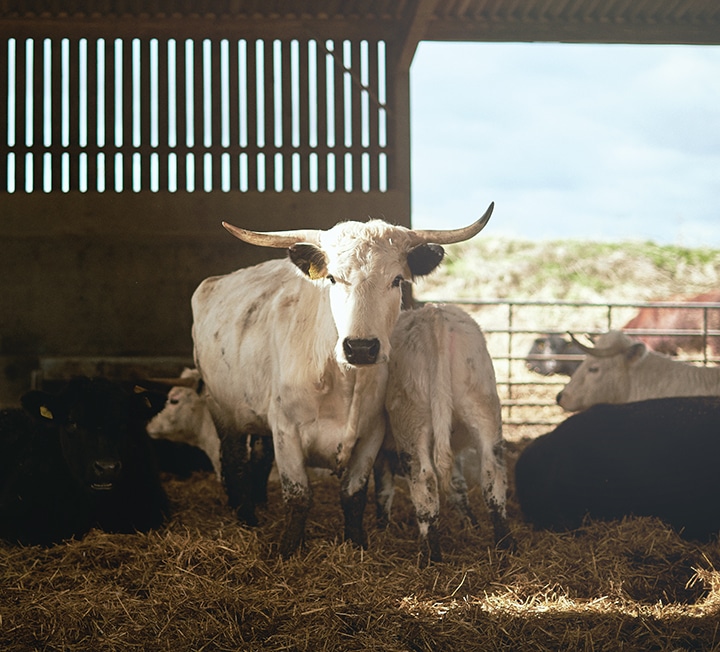

“JAN IS A BIG FAN OF NATURAL PEST CONTROL. HE’S A FAN OF NATURE GENERALLY. BUT NOT AT THE EXPENSE OF PROGRESS”
Images: Christopher L Proctor
“Being a farmer isn’t something you switch on when your alarm goes off, and turn off again come the evening,” says Leo McCourt. “You’re always a farmer.” His dad, Jan, nods in agreement. Jan has been breathing, eating and barely sleeping farming since he swapped banking for beef two decades ago, and while he has since handed over many of the operational responsibilities to Leo and Dom, his second son, he remains very much involved.
We’re at Northfield Farm now: ensconced in what seems the very essence of a farmhouse kitchen. Rustic wooden table? Check. Aga? Check. ‘Proper’ milk? Check. The only point of incongruity is the farm dog: half deaf, half blind and “very smelly,” says Jan fondly. “I rescued her 14 years ago.” His working dogs – two tall, gleaming New Zealand huntaways – are outside with the cats (also rescued) and the llamas, between them warding off rats, foxes and badgers.
Jan is a big fan of natural pest control. In fact, he’s a big fan of nature generally – it comes with the territory, as a farmer – but that doesn’t come at the expense of progress. When we arrive, Jan points out two windmills: one of them two centuries old and the other, built to power the local abattoir, modern and new. It seems not insignificant that they sit either side of Northfield Farm.
Jan smiles when I point this out. “We are in many ways on the cusp of history,” he says. On the one hand, the farm is a very traditional operation, home to some of the oldest rare breeds in the country. The white park, Jan’s “particular passion”, has been raised in Britain for 2,000 years, and is closely related to our native wild cattle.
Yet, in order to preserve the integrity of this breed and others, Jan has embraced the advances in technology bestowed by recent decades. He screens annually for common diseases, a practice that reduces vets bills and removes the need for antibiotics “almost entirely”. He also closely monitors the various characteristics of the herds, particularly the cattle. “We are always monitoring: ease of calving, fat cover, muscle size, fertility – even testicle circumference! – and we trace these back to individual genetics. It is a very scientific process,” Jan explains.
This isn’t high tech farming as we know it: intensive, mechanised industries designed to produce a lot of meat in very little time. This is “using science to be traditional.” Testing annually for disease means meat that’s free from antibiotics. Keeping abreast of genetic inheritance and applying that knowledge to breeding, meanwhile, helps Jan maintain the defining characteristics of rare breeds like the beef shorthorn and white park.

Being a small-scale producer isn’t easy. “You sit on a pile of debt for years and it doesn’t take much to set you off track,” Jan continues. Knowing which bulls to breed and which cows will calve without complications makes the farm more efficient, without compromising the values at its heart. All businesses need to be efficient, but efficiency does not have to come at a cost to society and the environment. Northfield strives for efficiency, but is also a model of good business practice, spanning environmental vigilance and social responsibility.
Upon arrival, the first thing we notice is the pile of silage bales, stacked high beside the tractor shed and wrapped in candyfloss-pink plastic. “They raise money for breast cancer,” Jan smiles. “I know they look a bit incongruous, but I like them. They’re recyclable and they don’t heat the silage up as much as the black ones, either.” Standing out vividly against the slate Rutland skies, they are a striking reminder that CSR isn’t just a feature of big City firms.
They host open farm days, welcoming children and adults alike into their butchery, onto their tractors and around their fields of sheep and cattle. They offer catering to local charity events, stock local produce in their farm shop and, most strikingly, having started working with neighbouring farmers in an informal cooperative, lending machines and even the odd pair of hands.
“Farming is highly capital intensive,” says Leo. “You can’t do anything for less than 20 grand and come silage time you need 10 or 15 machines just to do the work. We can do it much faster if there’s three or four of us together, with machines.” There’s no official arrangement, Leo continues. “It just came about over a curry one evening. We were chatting about what machines we had and what machines we would like to get, and suddenly the penny dropped that if we joined forces, we’d be far more efficient than on our own.”
Such fellowship is typical of Northfield Farm: a dyed-in-the-wool family business that agrees with Prince Charles’s maxim that “agriculture is made up of two words, and the ‘culture’ part of it is very important”. The age-old tradition of farming families, working together and helping each other out on the land, holds as much cultural and historical significance as those rare cattle breeds do. “Leo is part of a community up here, just as Dom is part of a community at Borough,” says Jan. Dom, the family ‘townie’ has been leading the butchery at Borough Market for some years now. “There is an interdependence of small farms up here, like there is interdependence of traders down at the Market,” says Jan.
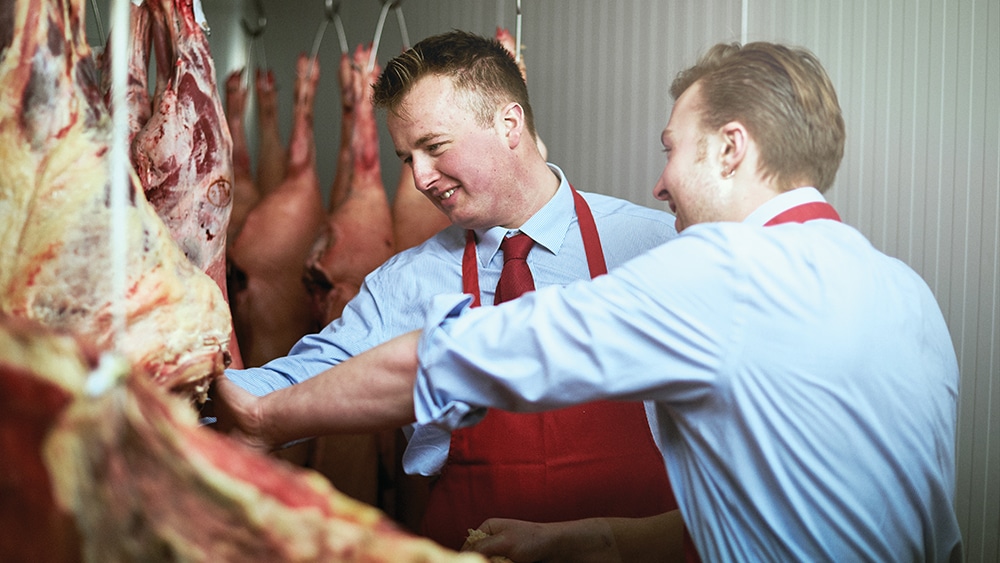
All of this seems intrinsically connected: the rugged Rutland landscape, the farming community, the rich food heritage of Melton Mowbray, and the breeds which for centuries have been feeding Britons and acclimatising to British terrain. Jan reaches up to the kitchen shelf and pulls down a large volume: musty, beautifully bound, full of hand-drawn diagrams. “This is the farmers’ bible: Stephens’ Book of the Farm, written in the 1800s,” he says excitedly. “This is where I first read about rare breeds.”
Back then, they “weren’t ‘rare’ breeds at all, but the breeds of the time,” he continues, leafing through the pages. Yet when Jan came to establish Northfield Farm in the late 1990s, “most farmers thought I was nuts, with my white parks and my little farm shop. They were all about animals they could intensively breed.”
A quarter of a century on, it seems Jan was a bellwether. “The number of people that are now feeling this desire to have contact with the land has increased significantly.” What’s more, with farmers’ markets, farm shops, holiday lets and butchery classes all on the table, the viability of small scale farming has also increased.
“Big farms concentrate on yields. We take much longer to finish the animals, so we have much higher costs,” says Jan. Beef cattle at Northfield Farm take nine months to be born, then just over three years to reach maturity, Jan continues. That’s over two years more than your average supermarket-bound specimen. “Then we hang the meat for 28 days to age it” – so that’s four years, and thousands of pounds’ worth of feed, space and labour, before making a penny. Diversification, for the McCourts, as for many of their small scale farming contemporaries, has offered some invaluable income streams.
So, is it worth it – the expense, time and space these great, ancient animals need, when there are such easy, cheap alternatives available? Beyond their almost biblical beauty (which, walking around the farm, is truly striking: sickle horns, jet black ears, and large dark eyes set in tufty coats of creamy ivory) and their historical importance, it is difficult to see why a farmer would go to such lengths. Then you taste the meat and it all falls into place. “They have this incredibly fine marbling, which when cooked is just stunning,” says Jan. Add the maturity, and the “grassy earthiness” that comes with a cow reared almost entirely on pasture, what you end up with is genuinely exceptional beef.
It’s not just white park, of course. Beef shorthorn, Aberdeen angus, angus-white park cross and flocks of sheep all graze on Northfield’s rich pasture. At the time of writing they are still wintering in airy barns, filled with Northfield hay and dining on Northfield silage – but the moment the grass starts growing again they’ll be let out to roam.
“We reconfigured our barns recently,” says Jan, recalling how a trip up to Scotland opened his eyes to how hardy native breeds of cattle are. “They thrived so much better in more basic conditions. We came back and changed the layout, so they wouldn’t overheat and would have more air. This crew yard is a very traditional way of wintering cattle.” Much as he welcomes the input of science, he continues, there is a lot to be said for “knowledge that has been acquired and passed down over a long time”. The trick is to combine the best of both scientific enquiry, and the wisdom years of experience brings.
The llamas are a case in point. Traditionally used in South America to ward off wolves, in the UK they’re increasingly being deployed to deter disease-carrying foxes and badgers. “I don’t want to tempt fate,” Dom ventures cautiously, “but since we have had these boys, we’ve not had a single case of TB.” Sentry-like, they prowl through the fields of the farm chasing “anything small and moving.” Before that, if the cattle were even suspected of having tuberculosis – even if their test proved inconclusive – they would have to be shot and disposed of.
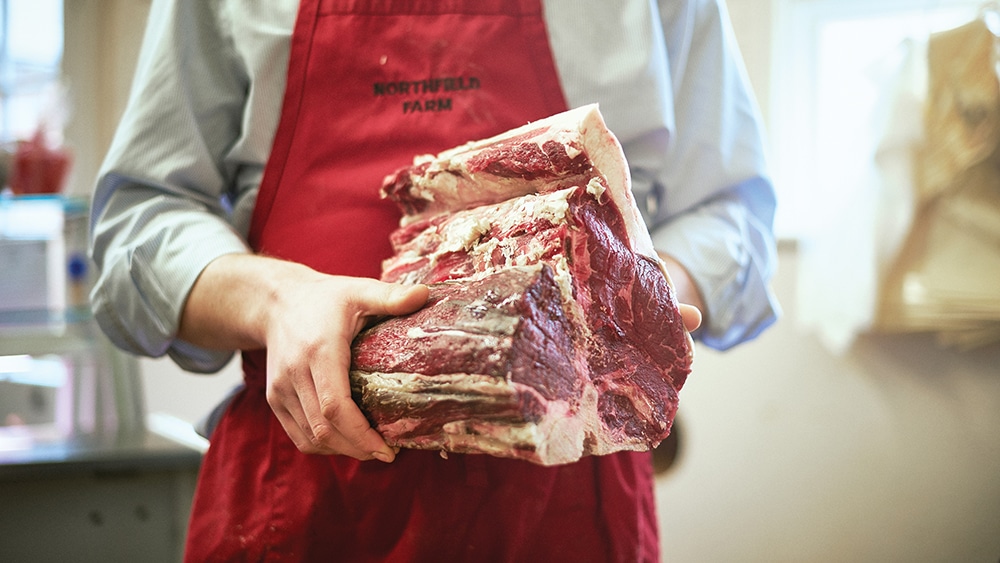
That would be a sorry end for any animal, but for one of such pedigree as these, to die in vain is heart-breaking. “These are family lines dating back hundreds of years. Some have been cows bearing calves,” Jan says sorrowfully. His philosophy is that “if you are going to kill an animal, you have a duty do the best you can by it – in life as well as in death.” It’s a philosophy that has informed his entire approach to livestock farming, from the genetic tests right through to his views on pasture feeding. If possible, tried and tested traditional practices should be adhered to, he says, but this should never be at the expense of the animal’s welfare, or the quality of the produce it creates.
“The term ‘pasture-fed’ is a contentious one,” explains Jan. “What the evangelism of the 100 per cent pasture-fed lobby don’t allow for is this duty you have toward the animal.” That includes how you finish it and the quality of the end product, Jan continues. “We do finish our beef on pasture and silage, but sometimes they need a little bit more.” He likens it to people occasionally needing to supplement their diets if they’re deficient in a particular nutrient, or have been ill: “It’s the equivalent of a few bowls of muesli. There’s nothing unnatural in it. We don’t add it if we don’t need to, but if we’re finishing a skinny animal, we’re producing meat that is no good to anyone.”
Like ‘efficiency’, the word ‘supplement’ can be a dirty one, conjuring up notions of refined sugars, antibiotics and other additives to cattle feed. “Much of the beef you buy in a supermarket will have been finished very quickly, on grain-based diets,” Jan points out, “but if we’re supplementing the food for our animals, it’s the tops of sugar beets combined with barley from the nearby mill.” It couldn’t be more natural, he continues.
As far as terroir goes, it’s all local produce; and as for speeding things up, the thought could not be further from the McCourts’ minds. “We’d finish our meat at six years if the economics of the market allowed us to. Six years would be perfect. It would be amazingly marbled and flavoursome – but we’d have to charge double what we do currently, which just isn’t feasible.” As ever, the gossamer balance between what is desirable and what is possible is never too far from Jan’s mind.
We head back toward the kitchen, via the curing room in which shoulders of pork sourced from their neighbouring pig farmers are being slowly cured into collar bacon. “We are one of the few places that produce collar bacon – an old fashioned, highly marbled cut off the shoulder,” Jan says proudly. Next door, the less sought-after cuts are being cooked up to make products that can be sold at the stall. “We have to use up the less valuable bits of the carcass. Only when you have shifted the last bit of lamb, pig or cattle are we starting to earn anything.” The aromas billow enticingly; rich meatiness, fragrant herbs, luscious grassiness – and our tummies start rumbling. In the kitchen, we wait to be served the edible proof of Jan’s farming philosophy. Sizzled to perfection, scattered with pomegranate seeds, and served with fresh orzo and sundried tomato salad, our lunch of roast lamb couldn’t have been more illustrative. There was tradition, in the form of the very old, very functional Aga; sparkling modernity in the form of on-trend pomegranate seeds; and collaborative spirit in the bronze-dyed orzo, sourced from an Italian family cooperative. There was the lamb: mature enough to boast the rich, verdant flavours of fresh grass, yet tender – a sign of high welfare and a talented butcher. To Northfield Farm, and to its principled blend of history and science, there could be no tastier testimony.
Discover more
Cupboard love: judión beans
Ed Smith explores the essential contents of his kitchen cupboard. This time: a jar of judión beans
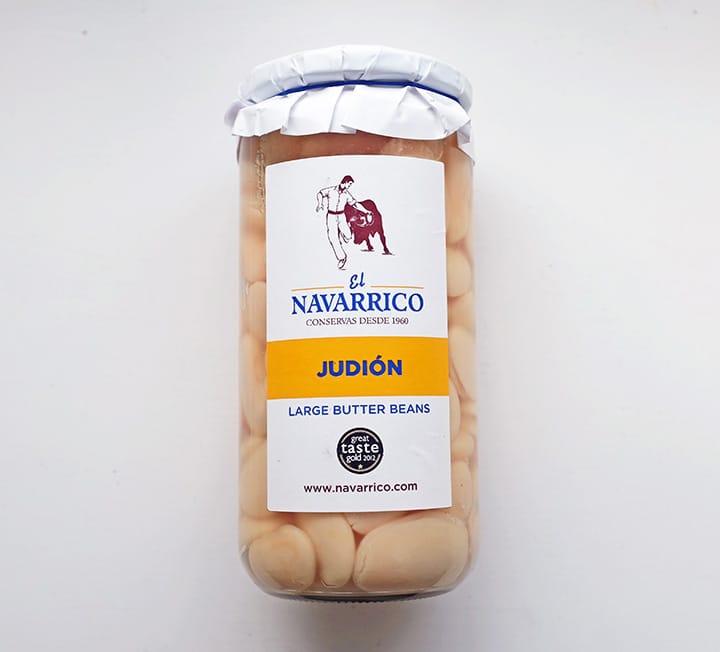

“THEY’RE SMOOTH AND SILKY AND CAN ABSORB OTHER FLAVOURS, BUT THEIR FLAVOUR IS ENJOYABLE IN ITS OWN RIGHT”
Image: Ed Smith
Dried pulses are essential in a kitchen larder. They’re cheap, a good source of protein and, more importantly (to me, at least), flavoursome and versatile. The likes of cannellini, coco, haricot, chickpeas, split peas and butter beans can provide both bulk and interest, and are as appropriate in warming winter stews as they are in cooling summer salads. No one should ever use the ‘I can’t be bothered with all the soaking and cooking’ excuse; as far as hands-off kitchen jobs go, soaking and cooking dried beans is right up there with whatever is, well, most hands-off.
But you know what’s even more useful than dried beans and pulses? Yep, effort sceptics know the answer already: pre-cooked beans and pulses.
So I tend to only stand by my ‘no one should use the soaking and cooking excuse’ rule around 75 per cent of the time. Beans, peas and lentils you prepare yourself may taste better, but having a jar or two of pre-cooked pulses in the cupboard can be beneficial. They’re a long-lasting staple which take precisely 10 seconds to get ready – pop the lid and tip them out.
This is only true, though, if those beans are of the highest quality, and are soft and tender, yet still fully intact. The contents of supermarket tins and packs tend to be overcooked, flavourless and mushy. Look, instead, to the options at the Market.
The French and, in particular, the Spanish seem to be particularly good at canning cooked pulses. Le Marché du Quartier’s shelves, for example, heave with pulses and Brindisa stocks supreme chickpeas (garbanzos), haricot (alubias blancas), lentils (lentejas) and, my favourite, judiónes: bulbous, ivory-coloured butter beans, which are almost dairy-like in their creaminess.
Crucially, Brindisa’s judiónes are perfectly cooked – soft, yet with structural integrity. You can use them straight from the jar mixed with roast peppers and something with crunch, like chopped celery, perhaps to go with a tin of tuna or to sit under a chargrilled octopus tentacle. You can also mix them with warm, just-boiled potatoes without worrying that they’ll turn into a mush. Moreover, they can be thrown into a seafood or tomato and chorizo based soup or a stew to warm up, again in the knowledge that they’ll still be intact when it comes to eating them.
Judiónes make a quality addition to any meal. There’s no peeling, soaking, chopping or boiling required. Depending on your dish, you might not even need to drain them – that liquor in the jar is delicious and wholesome, not something that should be thrown away.
I like beans like this because they can be either the support act or the star. They’re smooth and silky and can absorb other flavours, but their flavour is enjoyable in its own right. All of these qualities are apparent in my fennel & manzanilla judión beans with mojama recipe. The sweet anise of gently softened diced fennel and the crisp, dry sherry add layers and layers of interest, and the mojama (air-dried tuna – another excellent Spanish larder item) brings a wallop of salt and umami. But the thing that keeps my spoon returning to the bowl is the beans. You’ll need just a few slices of wafer thin mojama, a good glug of olive oil, and perhaps some crusty bread and crisp leaves to make this a full-on meal. Which, if your larder is stocked with Brindisa’s judión beans, takes barely 15 minutes to throw together.
The only way is ethics: reducing food waste
Chloë Stewart, founder of nibs etc. – a stall that makes its products entirely from leftover juice pulp – talks about addressing food waste by getting inventive with ingredients
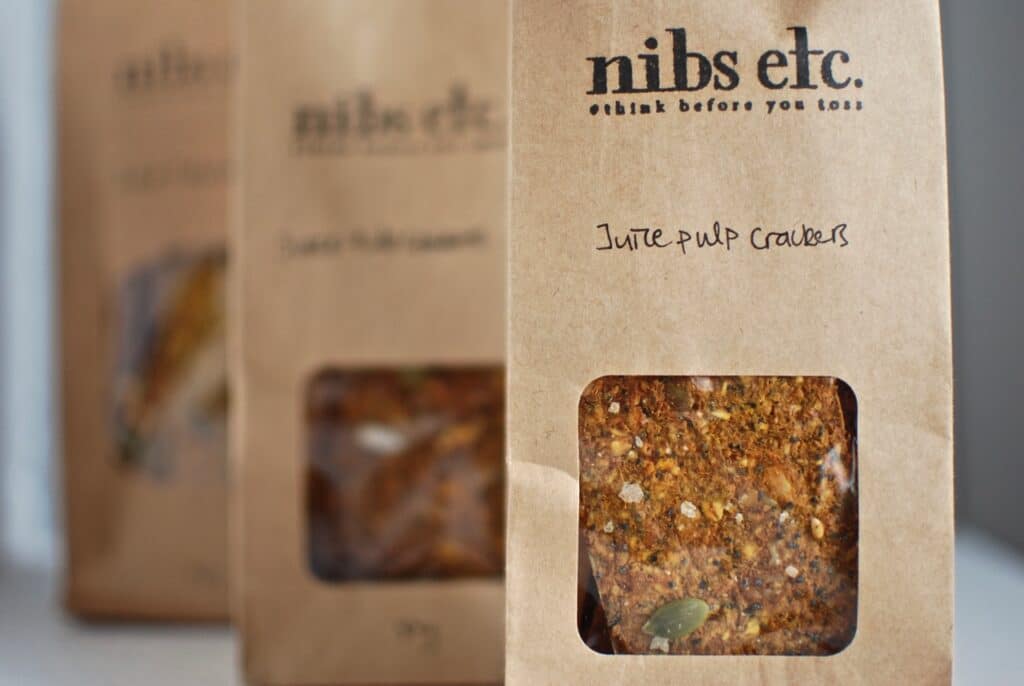

“SOMETHING MUST BE DONE: AT THE LEVEL OF GOVERNMENT, BUT ALSO AT THE LEVEL OF ORGANISATIONS AND INDIVIDUALS”
Words: Clare Finney
More than one billion tonnes worldwide. Between 95 and 115kg per person in Europe and North America. Whichever way you cut it, we’re wasting far, far too much food. According to the Food and Agriculture Organisation of the United Nations, in rich, developed countries, we waste almost as much – 222 million tonnes – as the entire net food production of sub-Saharan Africa, where chronic undernourishment continues to hold sway. Something must be done: on an international level, at the level of national government, but also at the level of organisations and individuals.
nibs etc. may be a one-woman band, trading out of a small kitchen in south London, but it is part of a growing movement of people and companies who are changing the public’s attitude to waste in the best way possible: by serving it to them as delicious food.
“The product is a medium,” says Chloë Stewart, the founder, director, brand manager and head chef behind Nibs etc. Her food is remarkable: knobbly, crunchy granola, sweetened and nutritionally enhanced by pulp collected from local juice bars; crisp, cheese-lusting crackers (also made from pulp that would otherwise have been destined for landfill); banana loaf from banana pulp and old, brown bananas.
“I look at fruit pulp like I look at shredded veg: if you can make something from shredded vegetables, you can make it from fruit that has been juiced.” Believe it or not, a large proportion of waste comes not just from individuals discarding surplus or past its best produce, but from the supply chain: farmers, supermarkets and producers – like, of course, those making juice.
Chloë’s mission is to spread the word about waste and encourage people to think twice before throwing things, while redirecting pulp away from landfill toward tummies, where it can actually be of benefit. Some friends have laughed at her obsession with waste: “I am a nightmare to go shopping with because I cannot buy anything I don’t need,” she laughs. But Chloë is anything but sanctimonious. She is evangelical about food waste, but she knows the best way to convert the masses is not by lecturing them, but by getting them to sample some delicious, ‘wasted’ food.
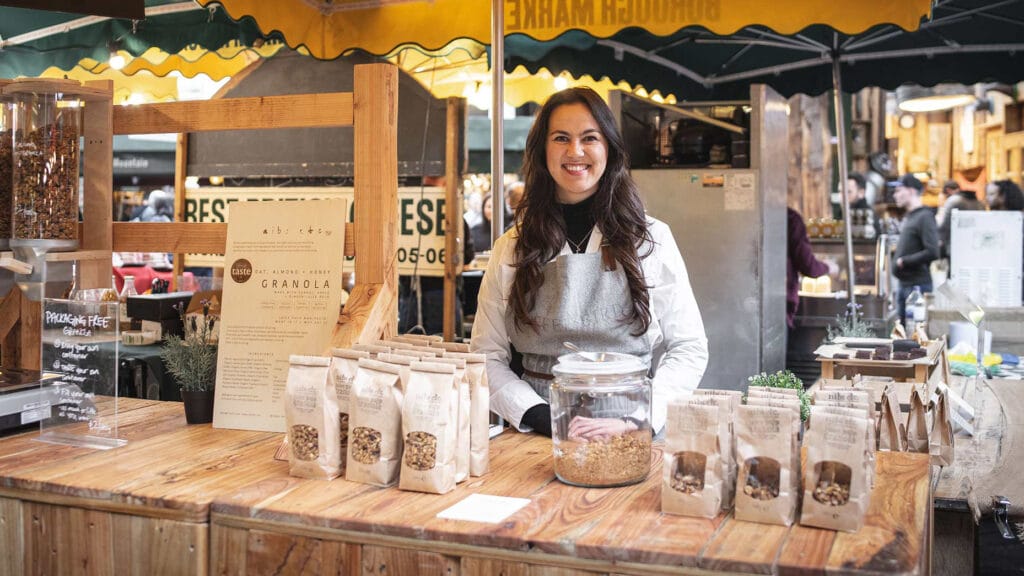
“I love the products, don’t get me wrong – but the goal is to inspire people to think differently about how they eat and cook. If they know pulp is not waste but an ingredient, then they might extend that thinking to other potential ingredients they are throwing away.” Nothing excites her more than a friend or customer messaging her to tell her they’re roasting their cauliflower leaves, or blitzing their carrot tops into pesto.
Indeed, the retail side of nibs etc. was actually born of Chloë’s recipe blog of the same name. “I’ve always loved food, but I have always cooked with what’s lying around; what needs using up. My friends have said I cook quite differently.” The blog was their idea for her to share her recipes, but it was also a means of making her cooking more productive.
The blog is still going – more intermittently, now the products have taken off, but “I think people do make that connection between the blog and the products. The point is not for upcycling or the zero-waste movement to dictate, but for it to be positive and accessible.” If people can cook, taste, and try a message, they’ll digest it far easier than if they are simply told. This same theory extends to the packaging: recyclable, biodegradable, hand stamped and with recyclable tags, it reinforces the message: ‘powered by pulp. Fuelled by fibre.’
Food waste is a serious issue. While nibs etc. has no intention of trivialising the challenge it poses, it does make the prospect of facing it a bit more fun. “The customers love the packaging. It tells the story immediately, and it’s aesthetically appealing too.” You only need to open Instagram to know nibs etc. is photogenic. As for other areas of sustainability – well, Chloë just laughs when we ask about transportation costs. “I’m on public transport everywhere, with everything that I have. Makes for great arms,” she grins.
It is important to her to grow the business organically, so as to ensure she gets each part of the business right. “I would love to broaden the product line and I would love to work with more people, but for the time being I have to focus. So many businesses address one area of sustainability and completely overlook something else as they grow.”
While larger juice joints do often send their pulp to processing plants which can convert it to fuel and energy, small urban outlets don’t have those facilities. It’d be in the bin were it not for Chloë. Now, when people spread cream cheese on her crackers, they’re spreading the word about wastefulness.
“People talk a lot these days about mindfulness, and for me valuing good food is the epitome of that. It means being conscious of what you are doing, why you are doing it, and the consequences” – be it opting for Chloë’s granola of a morning, or carefully roasting the outer leaves of a cauliflower into vegetable crisps.
nibs etc. no longer have a stall at Borough Market. You can find out about what they’re up to now at nibsetc.com
Cupboard love: judión beans
Ed Smith explores the essential contents of his kitchen cupboard. This time: a jar of judión beans


“ROBERT J COURTINE WROTE THAT ‘THE ONION IS THE TRUFFLE OF THE POOR’ – THIS HUMBLE INGREDIENT CAN REALLY SING”
Batch cooking is a great habit to get into. There are certain ingredients and recipes that just make sense to cook in large quantities and then stow away as building blocks for quick after-work suppers, packed lunches or just adding the special touch to a simple weekday meal. It often takes no longer to cook a double batch and so you’ll be economising on time, effort and energy too.
In his Larousse Gastronomique, Robert J Courtine wrote that “the onion is the truffle of the poor” and I’m with him – given the right treatment and plenty of patience, this humble, ubiquitous ingredient can really sing. Fried onions, by which I mean the soft, browned onions served in your hot dog at the fair, (rather than those deep-fried battered onion rings that do absolutely nothing for me), can be absolute heaven.
Cooking the onions until golden and caramelised in a little butter or olive oil is pure alchemy, but it does take around 45 minutes to an hour and so, I take my largest sauté pan (a heavy frying pan will do) and cook around three kilos of onions in one go and I’m set up for any number of meals.
It’s best to opt for the huge Spanish onions if you can get your hands on some. We have another month or so before their season comes to an end, so now’s the time – not only are they sweeter but, weighing in at around 500g each, there’s so much less peeling and slicing to do too (though red or brown onions will also do the job).
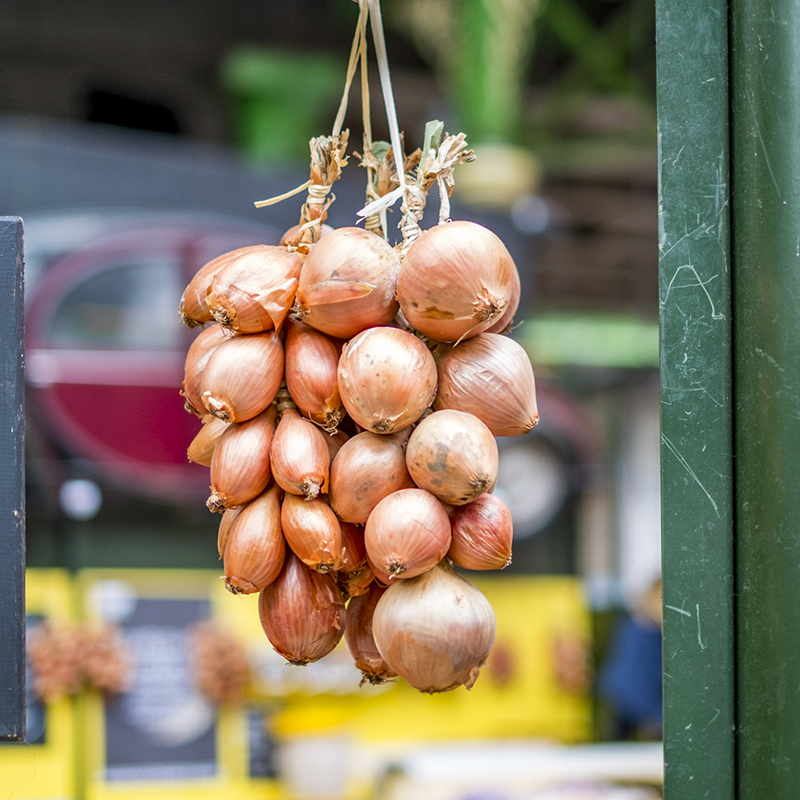
Once halved, be sure to remove the first layer of rather leathery onion below the skin (you can reserve this for making stock) as it never softens properly. You may be a fan of the food processor or the mandolin (I’m terrified of removing a finger) but I prefer to slice my onions finely with a large knife. If you’re the sensitive sort and really prone to crying over your onions, with this kind of quantity it may be a moment to reach for the swimming googles. Breathing through your mouth helps too, so I usually crank up the volume with Barry White and have a sing along.
Set your pan over a low heat and add around 30g butter or 2 tbsp olive oil (or a mix) per kilo of onions. If you’re having problems squeezing the onions into your pan don’t worry, as they will soon soften and collapse – just kick off with half the quantity and add the remainder after about 10 minutes. Add a good pinch of salt to help bring the moisture out of the onion, enabling the flesh to sweat rather than brown too early. Give the onions a stir every five minutes or so – a square-ended wooden spoon is ideal for the job, making sure that you get right into the edges of the pan.
After about 40 minutes, once the onions begin to turn a pale, straw-y colour, you’ll need to stir regularly. The idea is to create a golden layer on the bottom of the pan each time, scraping it up and stirring it back in with the rest of the onions. Don’t allow them to catch and burn as they will taste bitter. Once the onions are a deep gold, almost copper, and have collapsed to about a third of their volume, have a taste – you may like to add a touch more salt, maybe a splash of balsamic vinegar and perhaps a spoonful of sugar too.
The onions will keep for five days in the fridge or around three months in the freezer (most usefully frozen in small portions).
How to use your cooked onions
— Make pissaladière: simply roll out some ready-made puff pastry and top it with the fried onions, herbes de provence, anchovies and black olives, and bake.
— Stir them into cooked brown lentils with roasted cumin, lemon juice and top with mint and yoghurt.
— Make a ‘gravy’ with the addition of a little flour, rosemary and red wine—perfect with toad in the hole or for veggie roasts.
— Top a piece of sourdough toast with the onions and a slice of young goat’s cheese.
— Mix with wilted spinach to serve with polenta and dolcelatte cheese.
— Serve with cheese and biscuits. Or, opt for the most traditional of all, a have a go at my French onion soup recipe.
Cupboard love: edible seaweed
Ed Smith explores the essential components of his kitchen cupboard. This time: edible seaweed
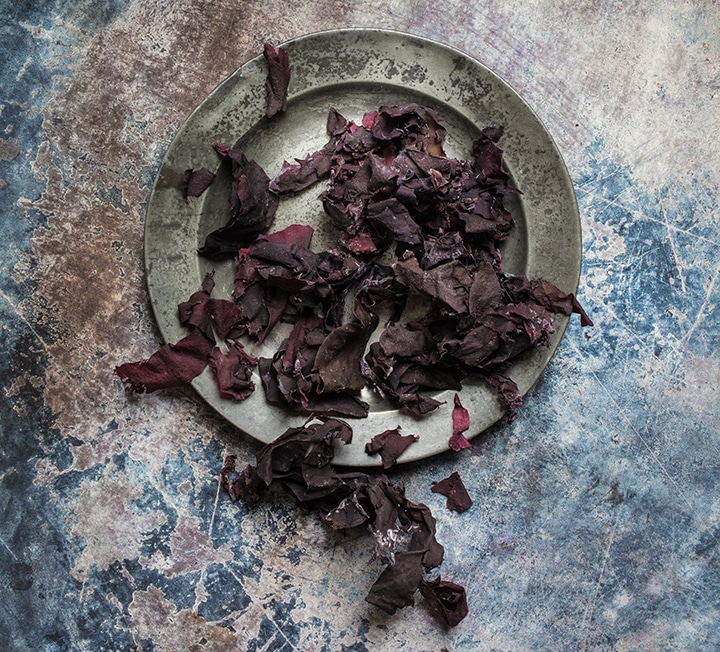

“THICK, TOUGH, MURKY-GREEN KELP ADDS LAYERS OF INTEREST TO STOCKS AND DASHI BROTHS, PLUS A NEAR-MAGICAL VISCOSITY”
Image: Regula Ysewijn
Seaweed has been The Next Big Thing in British food, like, forever. It was, as it happens, the subject of the very first piece about food I was commissioned to write, and other more seasoned scribes began penning words on it many years before me. I suspect a common line in most seaweed pieces is a variation of “it won’t be long before we’re all eating it”. But are we? Nope, didn’t think so.
In reality, those prediction pieces you read every December and January tend to be pleas for the public to get behind foods that are not quite as popular as the writers think they deserve to be, rather than stabs at giving Nostradamus (or even Russell Grant) a run for his money. Let’s be honest, if food writers really were any good at forecasting, we’d have been demanding payment in Bitcoin for the last decade.
Does edible seaweed deserve another bump? Actually, yes it does. Forget the usual mentions of “superfood”, “high in vitamins A, B, C”, “low in cholesterol”, and so on – by far the most interesting and compelling thing about edible seaweed is the boost it can bring to a meal.
There’s real variation between the likes of dulse, wakame, laver and sea spaghetti, but they’re all united in their flavour notes, which tend to offer two fairly indescribable things: ‘umami’ and ‘the sea’. The first means the savoury, moreish quality you find in cooked mushrooms or mature, crystalline cheeses. The latter means salty, yes, but also alkaline minerality and the rock pool clarity and natural sweetness of things like oysters, urchins or a cleansing, sprightly-dressed mixed seaweed salad.
Perhaps the most salient note is that if ever you add seaweed to a dish, whether meat, fish or vegetable based, your taste buds will buzz; seaweed truly enhances and enriches – as an ingredient and seasoning it’s as useful, nay essential, as salt, lemon, dried mushrooms or parmesan.
It’s with that in mind that I (genuinely) keep bags of dried dulse and kelp in my kitchen cupboards at all times.
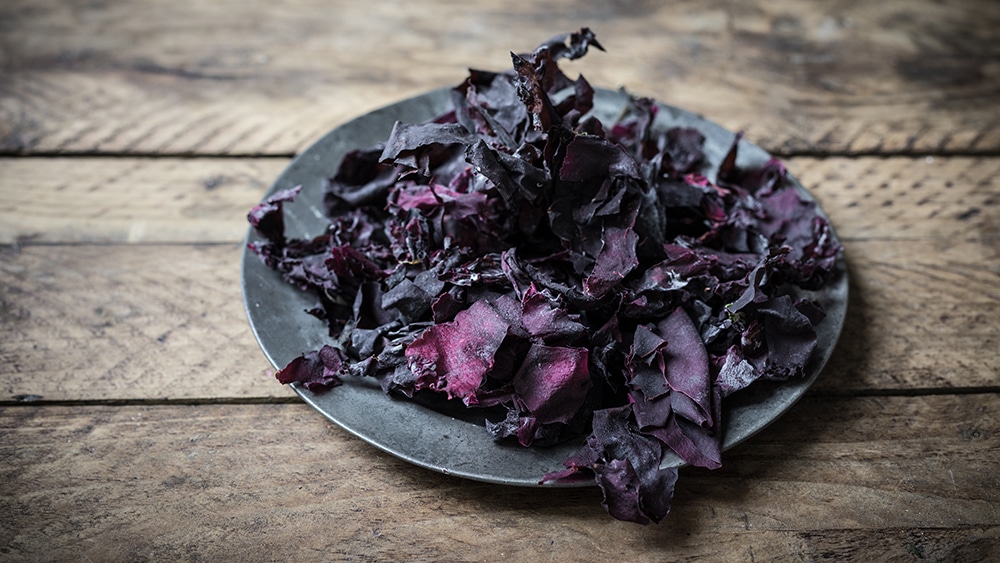
The thick, tough, murky-green kelp goes into stocks and dashi broths – typically my Monday night what’s-left-from-the-Sunday-roast noodle soup – and has the effect of adding layers of interest, plus a near-magical viscosity to the liquid. Once you use it, you quickly see why kombu (east Asian kelp) is such a crucial element in Japanese cuisine.
The dulse gets used in a variety of ways. I sometimes leave its burgundy strands long and just warm them through in the residual heat of, say, a roast chicken’s cooking juices, then serve those strands as an extra vegetable – I’ve seen dulse referred to as ‘vegan bacon’, and it does bring a similar joy. More often, I chop up a handful and mix it through warm and buttery items – new potatoes, carrots, mushrooms – like you would a fresh herb or some chopped spring onions. These sides are particularly good with roast chicken, beef and lamb, but also any fish centrepiece.
You might occasionally see packs of flaked dulse. This form perhaps emphasises its use as a seasoning – like Aleppo chilli pepper flakes. And thinking of this prompts me to blitz some of my (non-flaked) seaweed in a spice grinder and beat that into salted butter. Do the same. Try it. Taste it. You could stop there, using the result as a table butter, or stirring it through mashed potato or other roots, melting it over grilled white fish, pan-fried salmon or trout, or on a lamb chop or bavette steak.
Keep going, though, and mix with crumbs from the last slices of a sourdough loaf, some lemon zest, and parsley, and you can very quickly make a butter crust for fish fillets, lamb chops, baked aubergine slices or cauliflower steaks; a pleasing, self-seasoning, remarkably easy cap to a simple week-night supper. Pick up a packet of dulse and try this topping out. Seaweed is the future; it won’t be long before we’re all eating it.
Cupboard love: judión beans
Ed Smith explores the essential contents of his kitchen cupboard. This time: a jar of judión beans


“I KNOW FROM PERSONAL EXPERIENCE THAT FLORIST SCISSORS CAN TAKE THE TIP OFF YOUR FINGER WITH ONE SWIPE!”
Interview & illustration: Ed Smith
There are a number of different sources for the flowers and plants we sell at The Gated Garden. I have a wholesaler in Kent, I go to New Covent Garden market, and I also buy direct from Holland. I try to focus on the seasons: like fruit and veg, flowers are better quality and bigger when in season. They’re better value, too, which works for me and the customer. Come May, I try to work as much as possible with English flowers, turning to our suppliers in Essex. It’s nice to do that, but it also makes sense.
Our offer is a mix of cut flowers and pot plants. House plants are very popular at the moment – things that hang, things that grow up the wall, things that don’t need too much attention. I think it’s an Instagram-driven thing. We also make a lot of bouquets. And that means using four or five different tools to cut and strip the flowers so they’re ready to arrange, tie and wrap.
My bright yellow florist scissors, which I use to snip flower stems on a diagonal, are extremely sharp. I know from personal experience that they can take the tip off your finger with one swipe! I have two types of secateurs: the smaller, lighter ones for stems that aren’t too woody, and the ‘proper’ secateurs, with their thick, strong blades, for the big woody stems. Paper scissors are really important – and the most expensive of the lot – as you need a really sharp blade to cut a straight line through the wrapping paper, so the edges look good. And finally, although sometimes we’ll strip the leaves off the stems by hand, most often we’ll use a crafty little strimming tool, which speeds things up a bit.
It takes roughly 15-20 minutes to make a bouquet. We’ll take the flowers into the office and use a work table there. We’re constantly picking up scissors. It’s hard work and tough on your hands, even though your skin hardens. And we’re exposed to the elements through the day here, too. I can’t really work in gloves – they get in the way and I can’t feel what I’m putting together. I don’t sharpen the scissors; they’re very utilitarian and basic, so when they go blunt, I’ll just replace them. I’m not that sentimental about them – except for the paper ones, which are definitely my favourite. Overall, as long as they cut and they’re sharp, I don’t really think too much about them. That said, they have to be bright colours so that we can see them quickly. Not just so that they’re quick to grab, but because they’ve a habit of ending up in the bin, in among the ends of wrapping paper and raffia!
Cupboard love: judión beans
Ed Smith explores the essential contents of his kitchen cupboard. This time: a jar of judión beans


“THE QUALITIES OF THESE POTENT SPICES ARE INTERCHANGEABLE, YET THE FLAVOURS ARE NUANCED”
Image: Ed Smith
Either anise is the Marmite of the spice flavours, or Marmite is the anise of the yeast extract spreads.
By anise, strictly speaking I mean the compound anethole, which is the sweet, herbal, warm-yet-cooling flavour compound present in anise seed, star anise, liquorice and fennel.
Though divisive, these potent spices play a significant role in global cuisine. To an extent their qualities are interchangeable. Yet the flavours are nuanced, and so they’re all worth looking into in more detail.
Anise seed
Also known as aniseed, the seeds of the dill-like plant pimpinella animus are light green, near grey in colour and fairly flat; perhaps a cross between caraway and fennel seed in shape and size. It is the anethole compound in this spice that (traditionally) provides the flavour in so many digestifs (pastis, ouzo, arak, sambuca).
Indeed, the spice has been employed as a digestive throughout history and across continents: aniseed-flavoured cakes called mustaceoe were served by the Romans at the end of gluttonous feasts; and the seeds on their own are used in India for the same purpose.
Anise is aromatic and sweet, and though we can note things like menthol, the flavour is distinctly and characteristically, well, that of anise.
The seeds can be left whole for use in teas and infusions, but if adding to food, you’re more likely to toast the seeds to encourage a release of oils, and then grind into a powder – as you would with fennel seeds.
Spice Mountain sells both whole and ground anise seeds. As ever, the whole seeds will be good for around a year if kept in an air tight container. The powder is best used within a few months.
Star anise
Star anise is unrelated to anise so if you require anise seed in a recipe, it’s not a case of picking out all the little round balls in those woody stars and grinding them down.
That said, you wouldn’t be too far away in terms of flavour (because it is cheaper, star anise is often used as a substitute for anise in both baking and alcoholic drinks), it’s just you might find your dish evokes the Orient rather than the Mediterranean.
This seed pod is indigenous to China and is widely used across Asia – through Sichuan, Malay, Indian, and Vietnamese cuisine. It’s the dominant ingredient in Chinese five-spice powder, though it’s becoming more frequently used in the west, too – in part because of our increasingly global approach to cooking, but also in recognition of star anise’s ability to enhance the flavour of meat. Just a petal or two added to a braising stock adds a richness and fullness to red meats like beef, lamb and venison.
The woody stars are distinctive in both shape and smell. For the most part, they’re left whole and infused into braising and poaching liquor. It is a formidable tool; the longer the spice is left to do its work and the hotter the temperature, the more flavour is imparted. If the cooking process is slow, beware the recipes that demand more than two or three stars. However, star anise can also be ground to a powder and indeed is for many Indian masalas and for Chinese five spice.
Again, there’ll be plenty of flavour in whole star anise for around a year. It’s best to use ground star anise within a few months.
Liquorice
Liquorice is the sweet root of a small perennial legume that grows wild across Europe and the Middle East. Of all these anise-like spices, it could be argued that liquorice is currently the least utilised. Yet it has a strong culinary history, having been cultivated by the ancient Egyptians through to Dominican monks based in Pontefract, Yorkshire. Nordic countries and the Netherlands continue to enjoy both sweet and salted liquorice candies. Even so, the majority of liquorice is actually now used as a flavouring for tobacco products.
The root can be boiled and left to impart flavour into stocks and cream based foods, roast and ground to a powder and used directly as a flavouring (I suggest buying it in this form rather than break your grinder trying to create your own). or even chewed whole if you’re in need of a natural breath freshener.
Liquorice roots hold their flavour for a long time. The ground powder, however, drops in potency after just a month or two. Like star anise, the effect of liquorice root when infused depends on the length of time and temperature of the liquid. Note also that many sweet recipes requiring liquorice in fact demand the candy sweet, which will melt down, as opposed to the proper spice.
Fennel seed
Fennel seeds are the fruit of fennel bulbs where the herby fronds of those bulbs are left to shoot upwards and flower, and then those flowers left to drop. If you come across wild fennel towards the end of summertime, see if you can shake out some seeds to take home; the taste and aroma is far more pronounced than in cultivated seeds.
Traditionally fennel seed is seen as a Mediterranean spice, used widely, for example, in Italian cooking. Nevertheless, it has spread through the world and is common in the cuisines of Asia and the Indian sub-continent. Many Indian and Pakistani masalas rely on the addition of fennel seeds, and the seeds are often roasted and eaten at the end of a meal as a breath freshener and digestive.
The flat, oval, light green fennel seeds are often left whole as they seem less obtrusive or likely to sit in your teeth than seeds like caraway, cumin or coriander. That said, recipes will often instruct a cook to bash the seeds a little, or to fully grind them to a powder. Per usual, if you toast fennel seeds, their oils will be released and the flavour more pronounced in your food as a result.
As ever, the whole seeds will be good for around a year if kept in an air-tight container. The powder is best used within a few months.
Culinary uses
All these spices work particularly well with pork, lamb, beef and venison. Notably so when those meats have been braised or poached together with the spice.
Though some have particularly strong associations (pork and fennel seed; liquorice and pigeon; star anise and duck), because the anethole compound is common to them all, it follows that wherever one of these anethole spices pairs well with an ingredient, the others would most likely work well in its place.
It’s worth mentioning, though, that the notes of star anise are particularly vital in Chinese cooking (on its own and within Chinese five spice), and is often used with pork or beef. Dishes like red braised pork and beef tendon soup stand out. Also in Malay, rendang and Vietnamese, pho.
Fennel seed has forever been associated with Italian cooking, not least as a sweet spice to rub over pork loin and belly (including when making porchetta), within fresh sausages and cured and air dried finocchiona salami. Apparently, it may have been the case that the spice was originally used to disguise the flavour of rancid meat and the less noble cuts. One heck of a match, though.
These four spices are considered sweet spices too, so naturally sit in cakes and cream-based puds as proudly as cinnamon, cloves, nutmeg and allspice.
The flavour of anise adds elegance to French vin chaud, intrigue to coffee and coffee-flavoured desserts, warms an apple pie or pastry, and is a particularly strong match with citrus. A petal or two where you might otherwise have used candied ginger root works a treat as well (when poaching or roasting rhubarb or pears, for example).
Liquorice’s traditional culinary use is as a flavouring for sweet candy, with those Dominican friars making use of it in a biscuit.
Anise seed is generally sweet, rather than savoury, too. Spiced cakes and other baked goods, and sugar alcoholic drinks are the traditional uses of this spice.
Market spice heroes
It’s hard to look past the fennel seed loaf by Bread Ahead. It’s a true celebration of fennel seed, which sings out in every bite. Excellent with cheeses and cold meats, particularly if just toasted to release the aromas of the seeds.
See Ed’s recipe for lemon & star anise posset with liquorice & fennel seed biscotti.
Cupboard love: judión beans
Ed Smith explores the essential contents of his kitchen cupboard. This time: a jar of judión beans


“BLACK GARLIC HAS UNDERGONE THE WONDEROUS TRANSFORMATION KNOWN AS THE MAILLARD REACTION”
Black garlic
Put simply, black garlic is garlic that, through ageing, has undergone the wonderous chemical transformation known as the Maillard reaction. Left at ambient temperatures for 50 days, it comes out soft, squidgy and spreadable, with a complex flavour reminiscent of sticky date, sour tamarind, and mushroom ketchup – perfect for adding a rich layer of umami to whatever you’re cooking.
Smoked garlic
Typically hot smoked over wood chips (and therefore partially pre-cooked), smoked garlic, available at Turnips, can be used to add layers of mellow, savoury flavour to just about anything a smoky element would improve. Try using the cloves to stuff roast chicken, infuse into gravies, stews and sauces, or add another dimension to garlic butter, mayonnaise or aioli.
Solo garlic
Also known as ‘single clove’ or ‘pearl’ garlic, this small pink-and-white striped bulb looks to the untrained eye a lot like regular garlic, but underneath its papery skin each head consists of just one large clove. Grown using a planting method from southern China, it is delicate, gently perfumed and – sigh of relief – requires much less fiddly peeling than its multi-clove cousins.
Wet garlic
This young, immature garlic from Paul Wheeler Fresh Supplies is harvested before the cloves are fully formed and is sold ‘wet’ – meaning fresh, rather than dried. Milder and slightly sweeter than its older dried cousins, it can be eaten raw without it completely overwhelming the palate. Enjoy it stalks and all, sliced into salads or finely chopped and scattered over dishes as you would spring onion.
Wild garlic mustard
Noel Fitzjohn at Fitz Fine Foods makes some of the finest mustards around – and this is one of our favourites, making the most as it does of the short-lived season of this mildly pungent leafy green, which Noel forages himself in the woodlands of rural Kent. Stir it into just about anything that’d appreciate an injection of garlicky goodness, mix up with vinegar for a salad dressing or dollop on burgers.
Cupboard love: judión beans
Ed Smith explores the essential contents of his kitchen cupboard. This time: a jar of judión beans


“CHIVES CAN PLAY AN IMPORTANT ROLE, ADDING ALLIUM AROMATICS WHEN AN ONION WOULD BE TOO POWERFUL”
Image: Ed Smith
This month we’ll be focusing on chives – those long, thin, oniony herbs which, depending on your preference, are either essential in, or the ruin of, an egg mayo sandwich.
Usually, I try hard to make the case for every herb’s ability to work as a main, superstar ingredient, rather than final flourish. But chives? Well, there’s no two ways about it: chives are just a garnish, aren’t they?
Which is not to say that chives are merely an afterthought, a frippery or an optional extra. Indeed, they can play an important culinary role, adding allium aromatics when an onion, or even a spring onion, would be too powerful.
Chives are a perennial, and so are available all year round. They’re also widespread across Europe, North America and southeast Asia, which means they make an appearance in a multitude of cuisines.
Keep chives in the plastic pockets you buy them in, or follow the generic storage guidance of this herb series. Whichever, the key things to do to ensure they last a reasonable amount of time in your fridge are a) prevent them from drying out, and b) keep them nice and flat, to avoid bruising.
You can dry chives and freeze them too. Though I hardly see the point. A better way to make the most of a bunch, if you don’t think you’ll get through it, is to make a chive oil.
Cooking tips
Chives lose much of their flavour when heated, so are added as a garnish at the end of a dish’s preparation.
The thin, green, grass-like chive is technically known as a ‘scape’. It’s the scape that we use most often, cut very finely into 1-5mm pieces – any longer and you’ll find it sticks between your teeth. Chive’s quality is flavour, not texture.
But you should also look out for chive flowers. As with the flowers of other alliums, the striking, round heads, made of many little buds, carry a similar flavour to the scapes and add great colour (violet) and flavour to a dish.
Classic uses
Chives are almost exclusively used as a garnish. In both western and southeast Asian cooking, the flavours it pairs particularly well with include:
— Eggs: From a British egg mayo sandwich, to a Vietnamese or Thai omelette, eggs and chives get on like a house on fire. I personally love a few scapes chopped into my sarnie, or over the top of some scrambled eggs on toast. But I don’t have to kiss myself afterwards, nor do I work in an office. Which may be a problem for others. Social issues aside, if you’ve had a Vietnamese herb omelette or summer roll, you’ll know that chives (which in Vietnam are much bigger), play a really key role alongside coriander, Thai basil and perilla. Their allium notes add real balance to the incredible, lively flavours.
— Cheese: Du vin, du pain, du Boursin? Oui. Well, actually, it’s possibly better to pick up a roule or another soft and creamy French cheese from one of Borough’s cheesemongers, rather than Boursin. But the point is that, as you well know, cream cheese and chives are a pretty sound match.
— Salmon: You’ll also know that salmon and chives get along famously too – sometimes in tandem with cream cheese, though it’s not necessary. In part, the two ingredients work because salmon, whether fresh or smoked, is relatively delicate, and chives are too.
— Crab, lobster and prawns: As with salmon, chives just add a soft, background seasoning to both of these seafoods.
— Potatoes: Particularly thrown at the last minute into a potato salad (much better than harsh spring onions) or very buttery mashed potato.
— Lettuce, peas, broad beans and asparagus: Always a good garnish for anything to do with these vegetables, but particularly for a summer lettuce and pea soup. — Vanilla ice cream. Joking.

